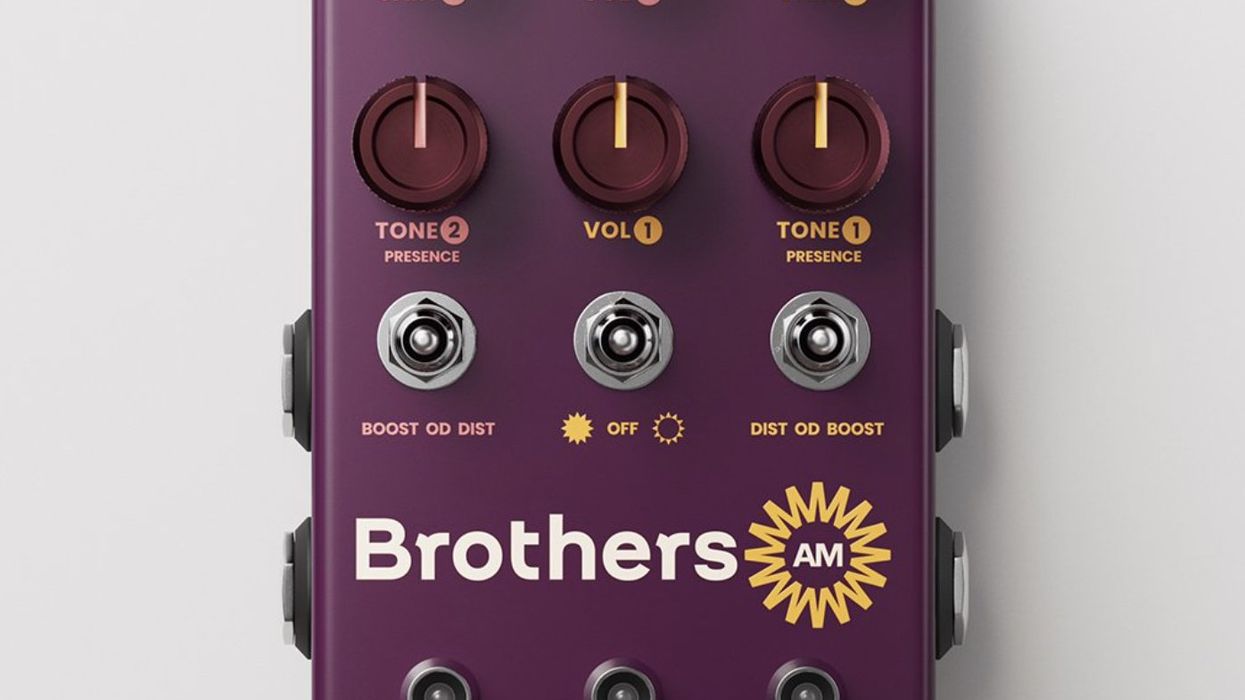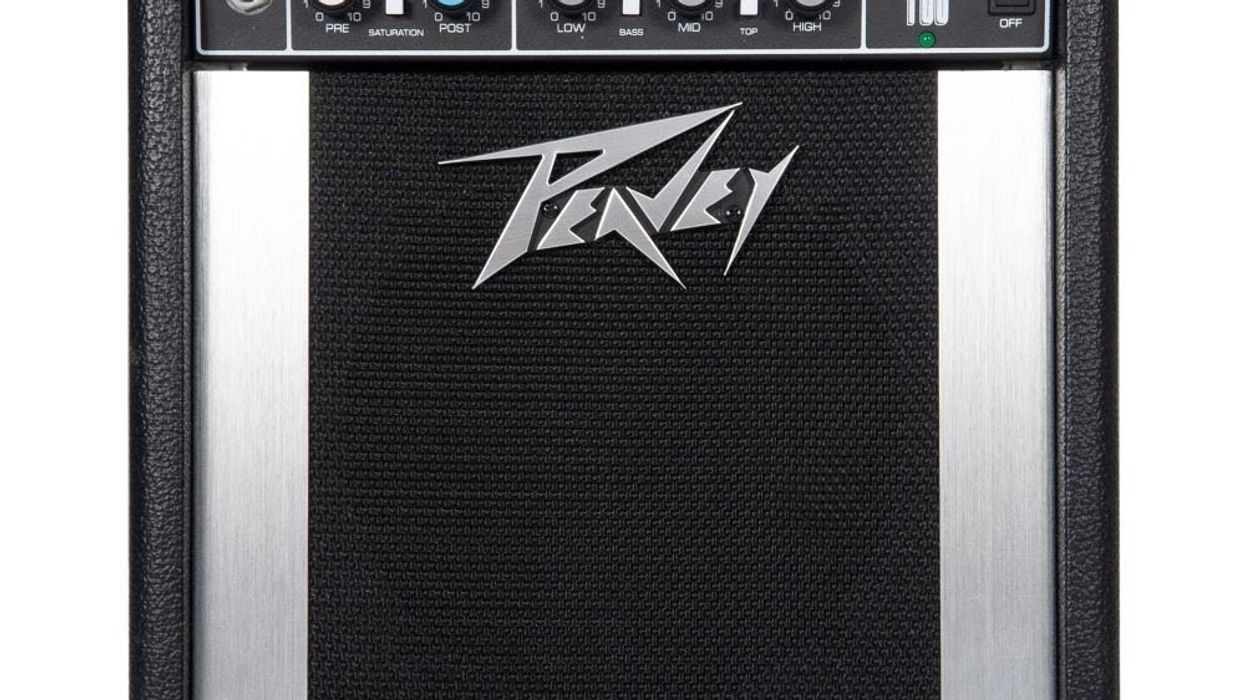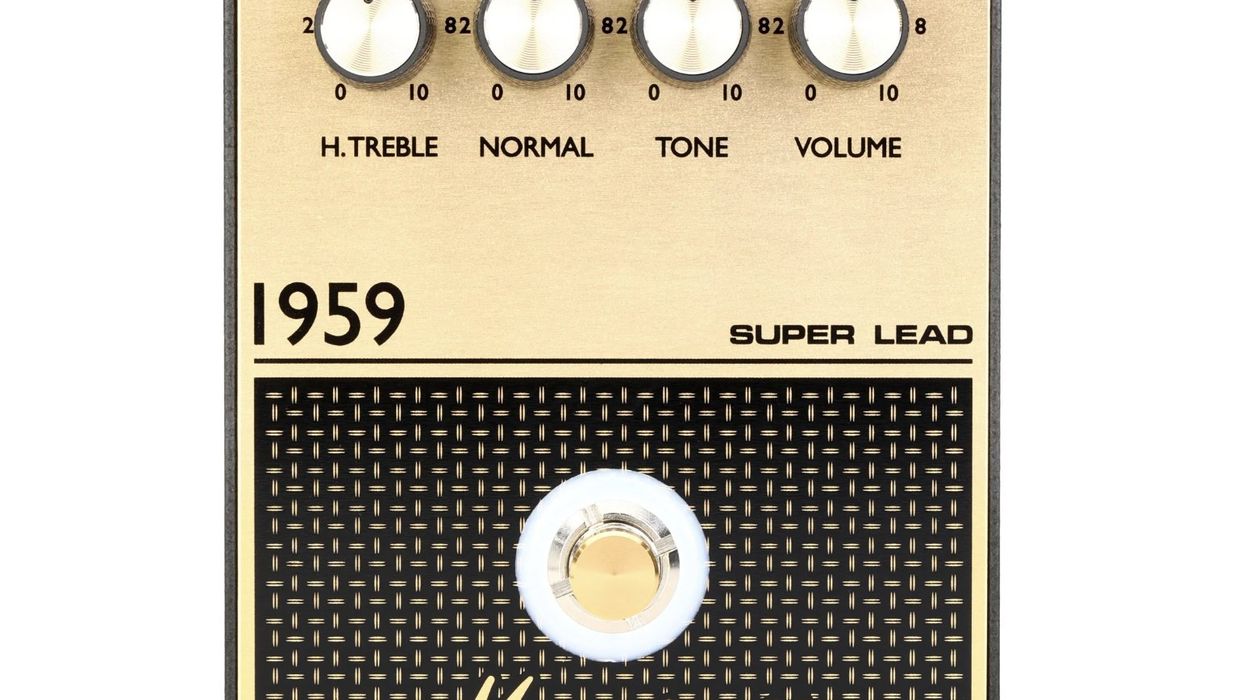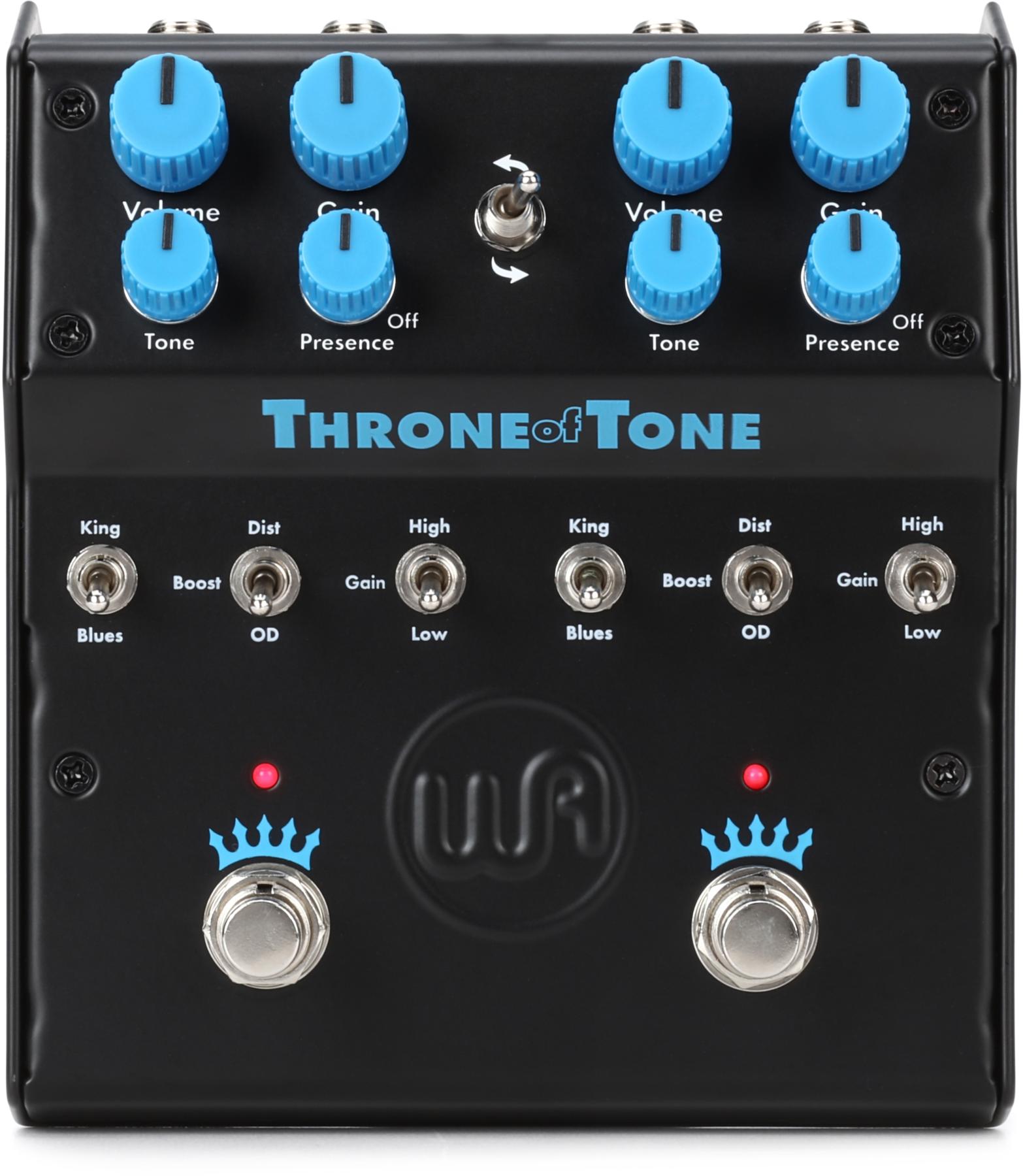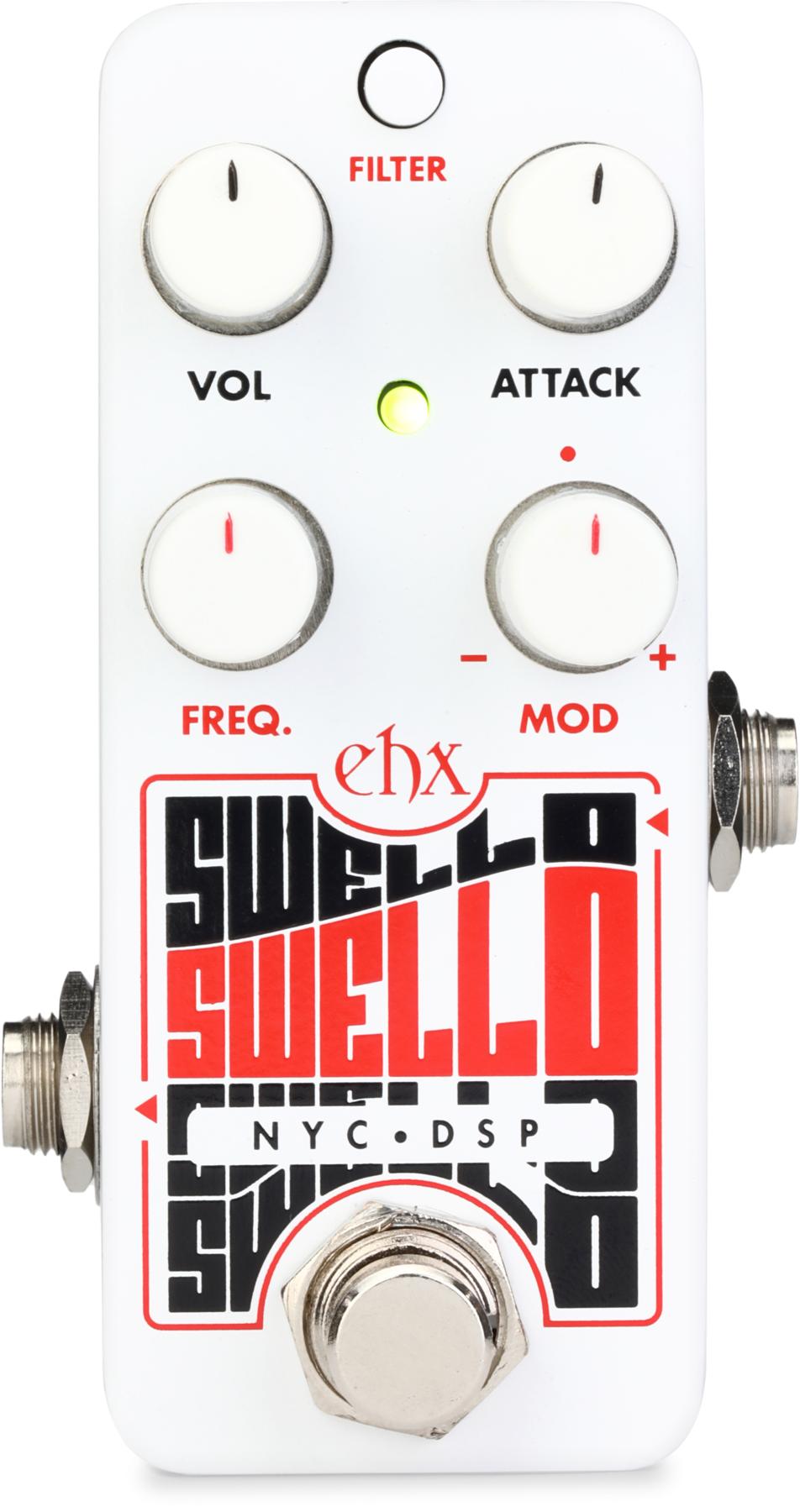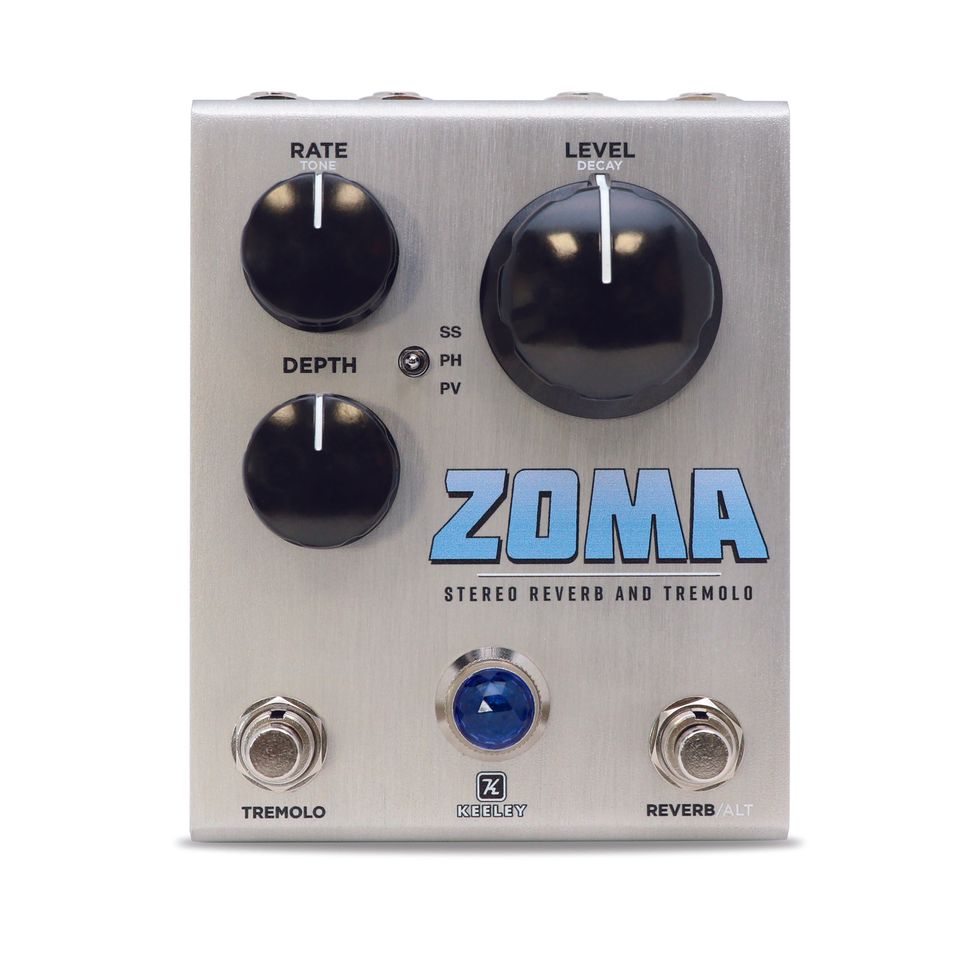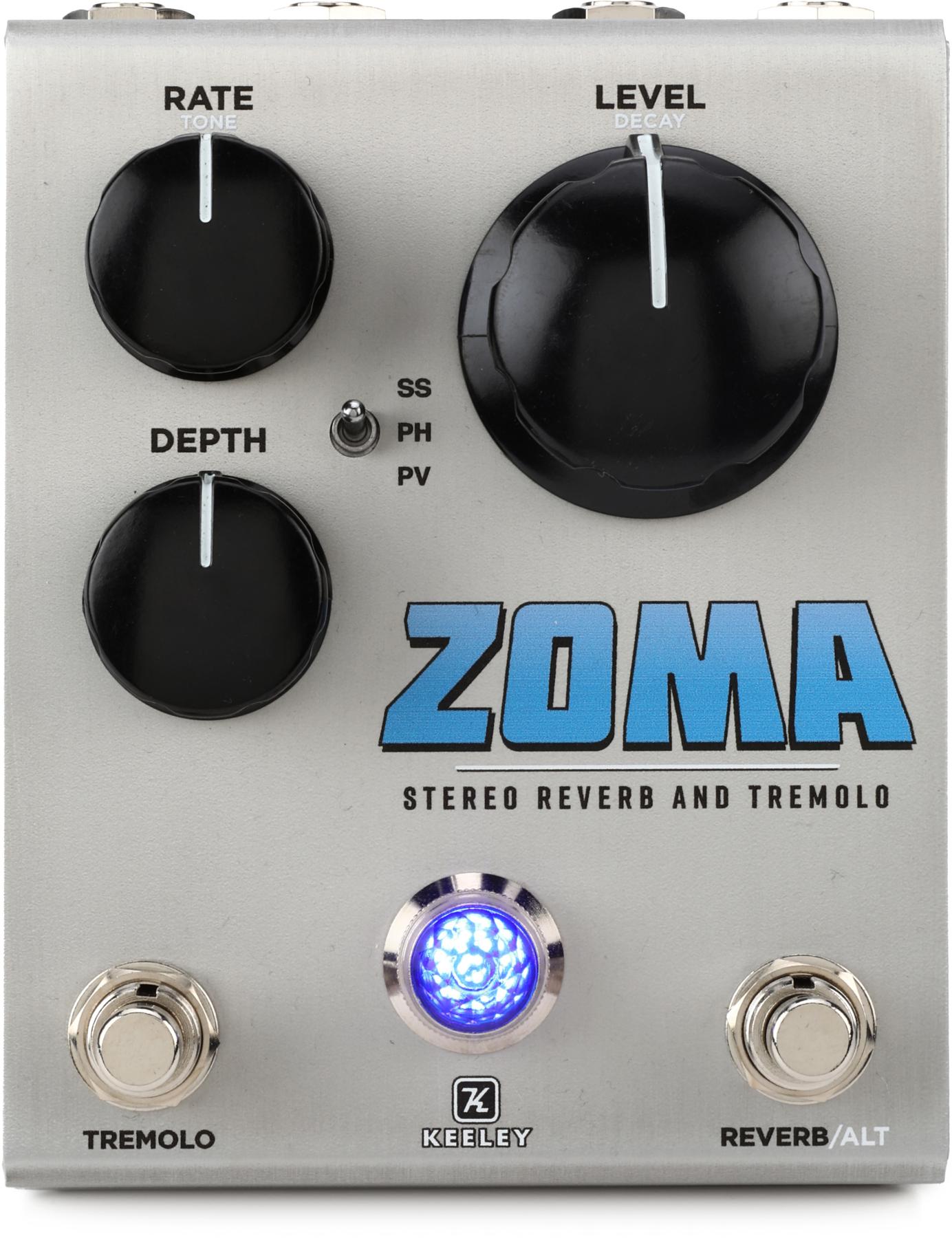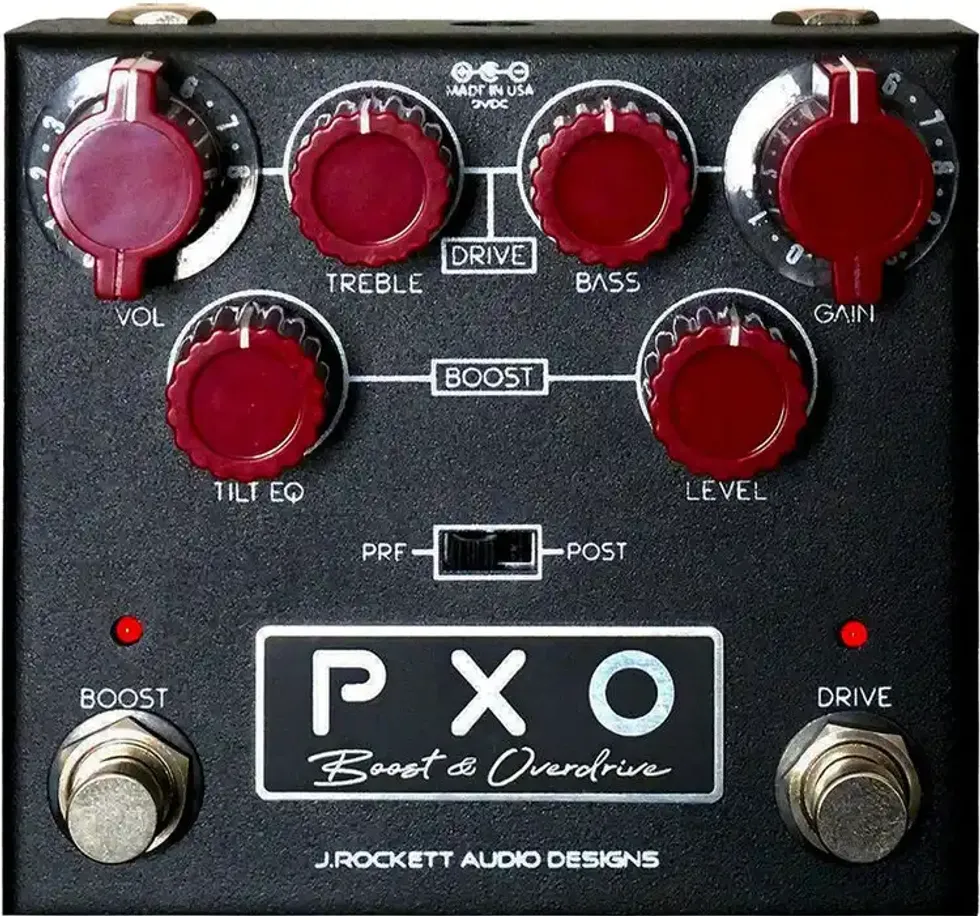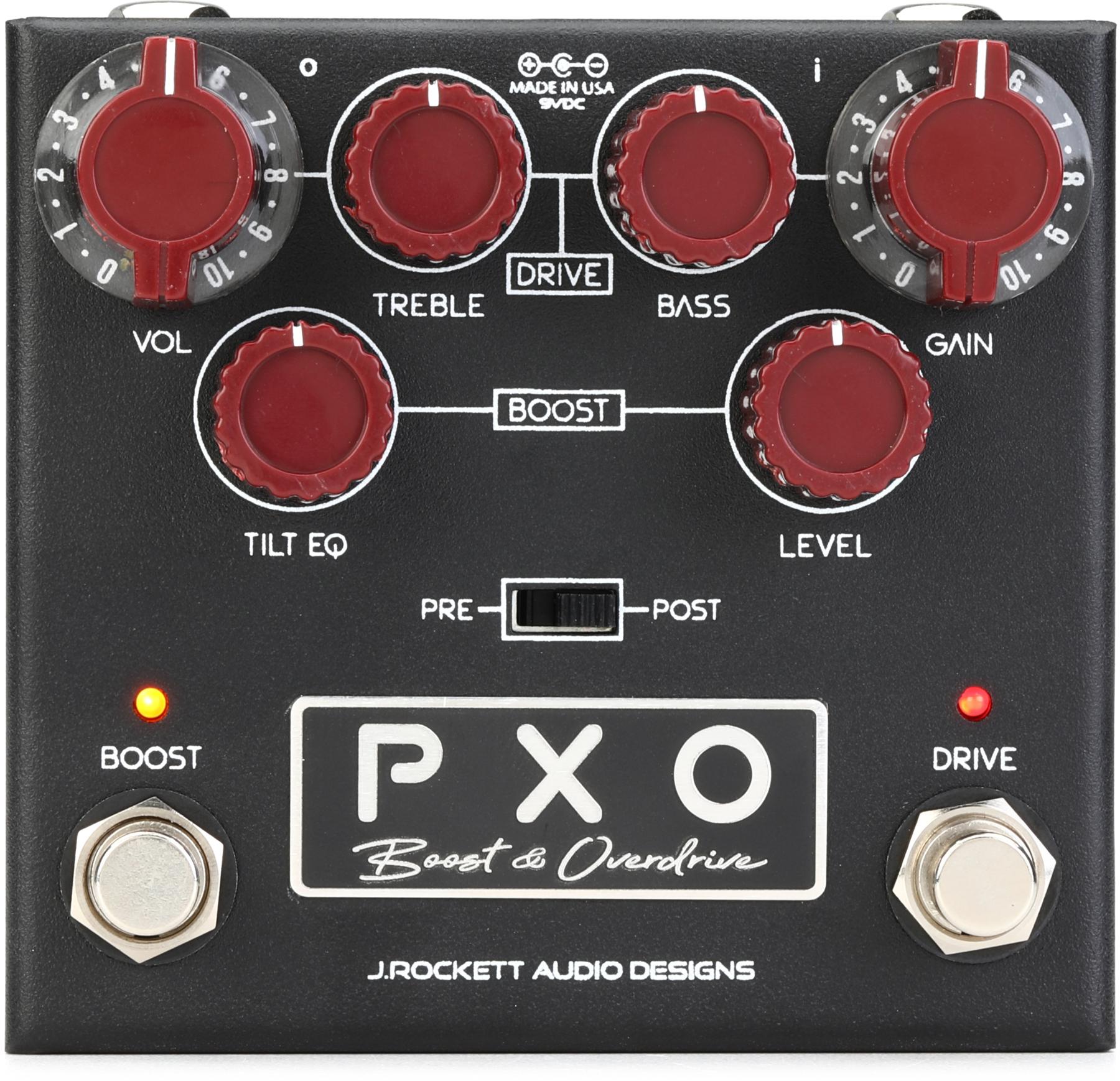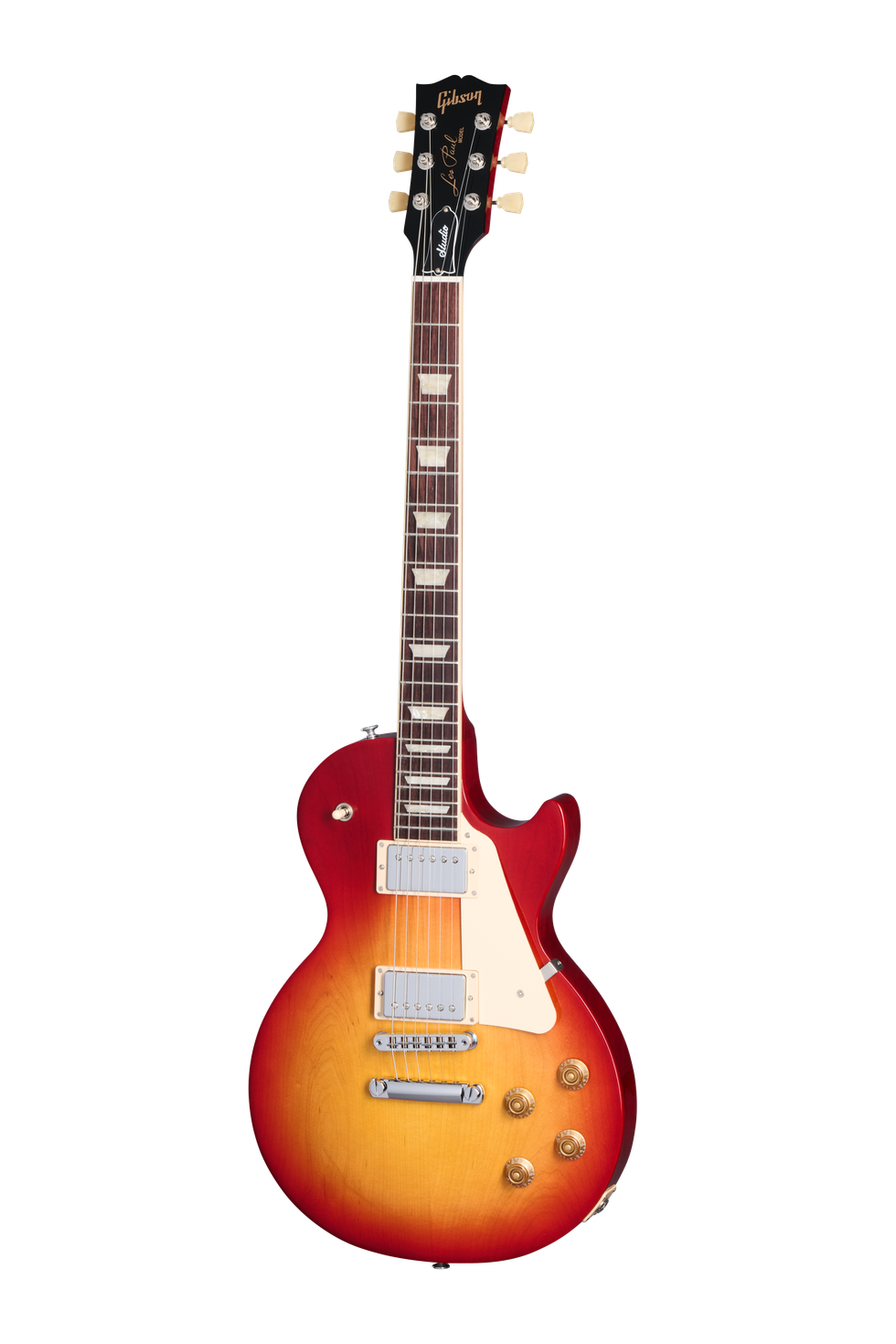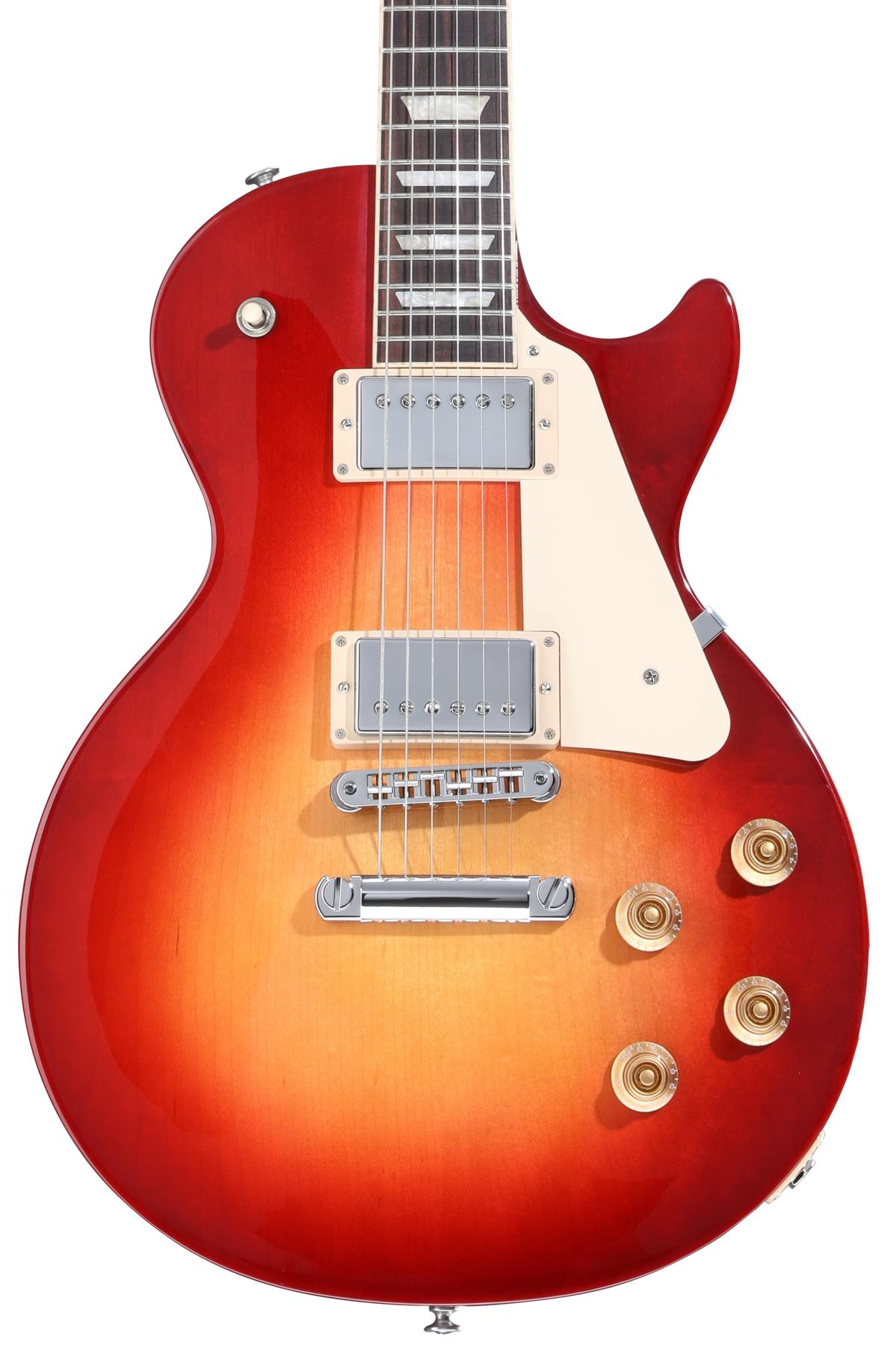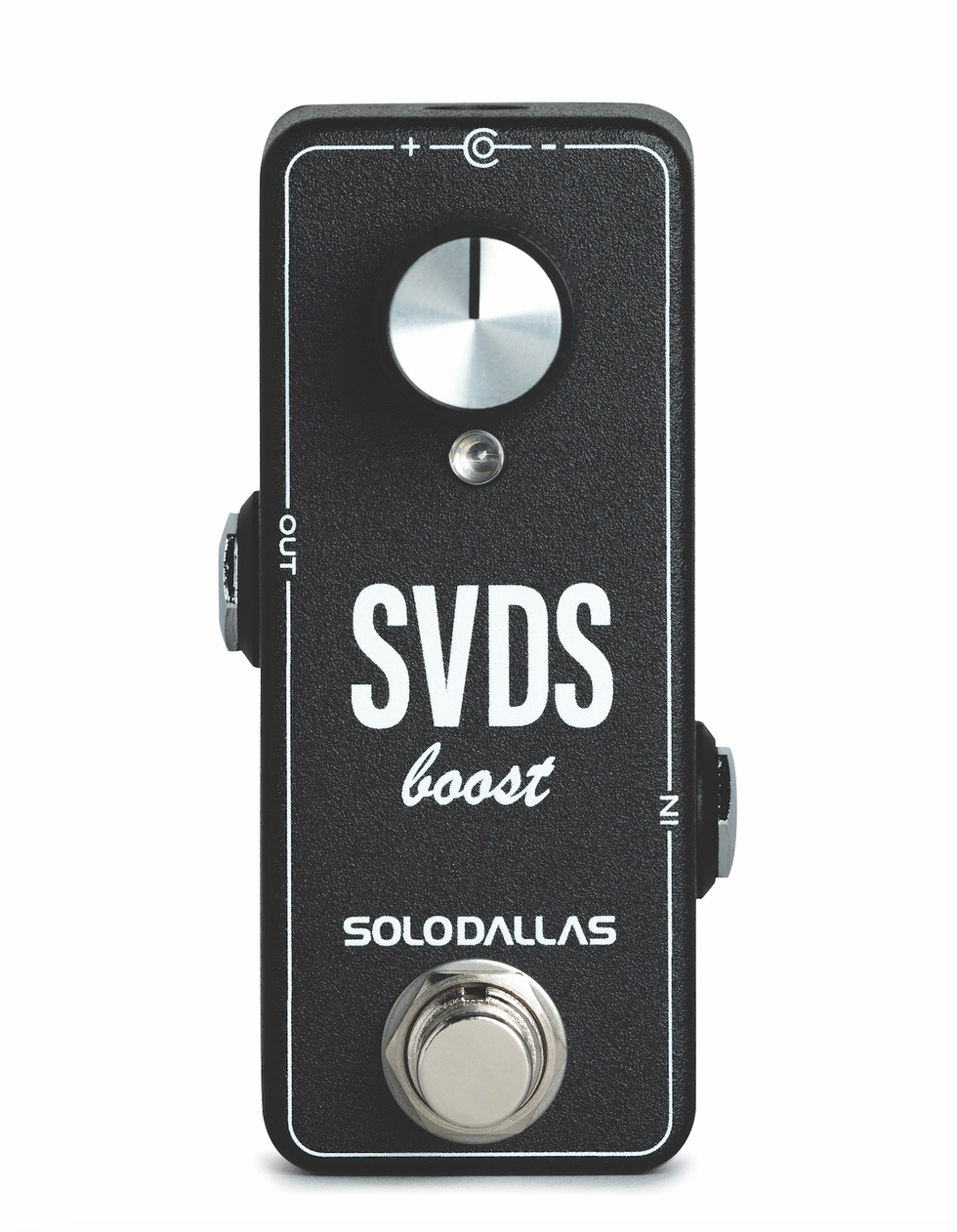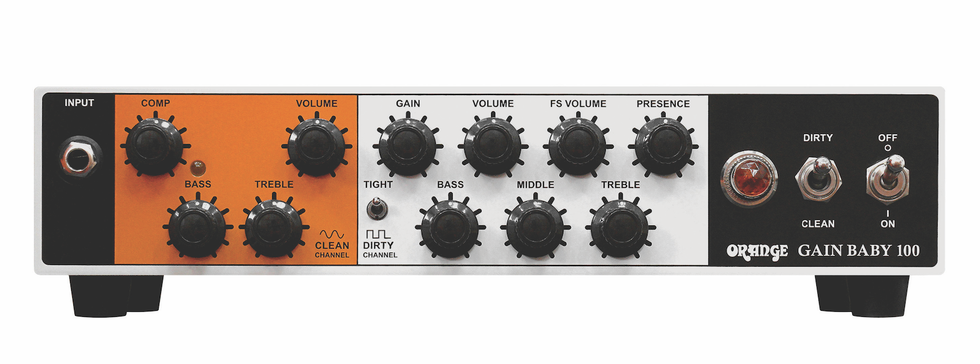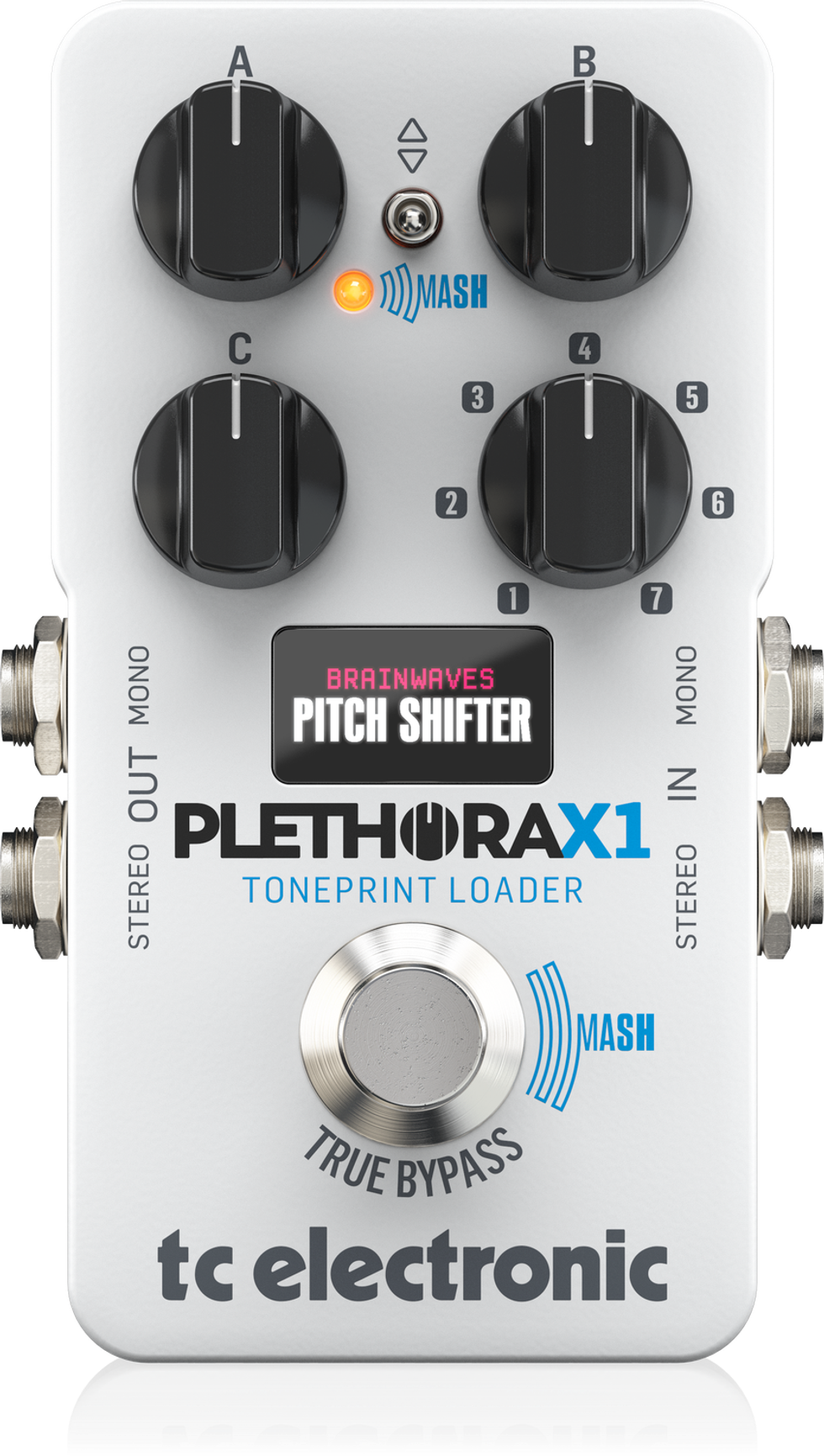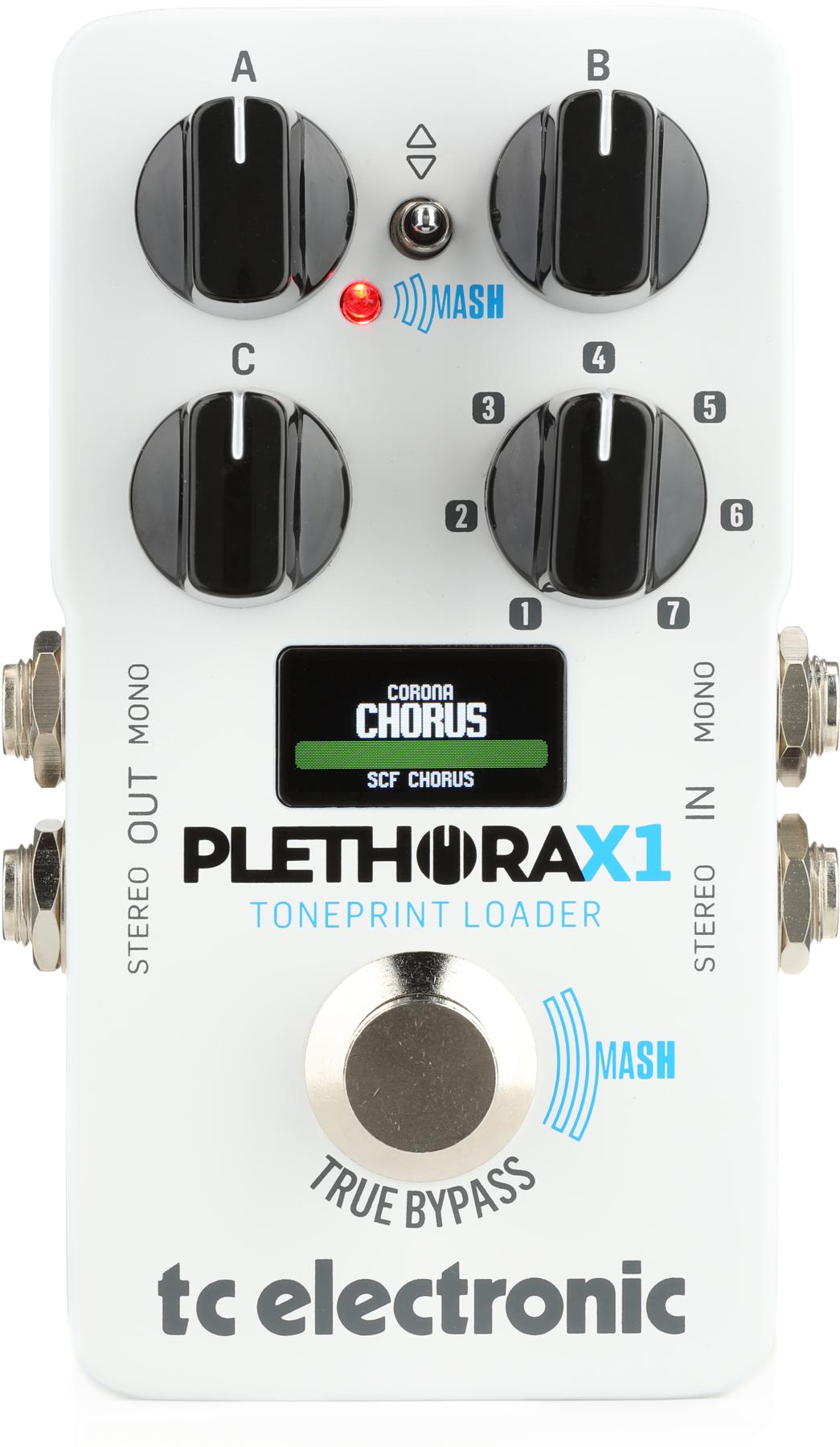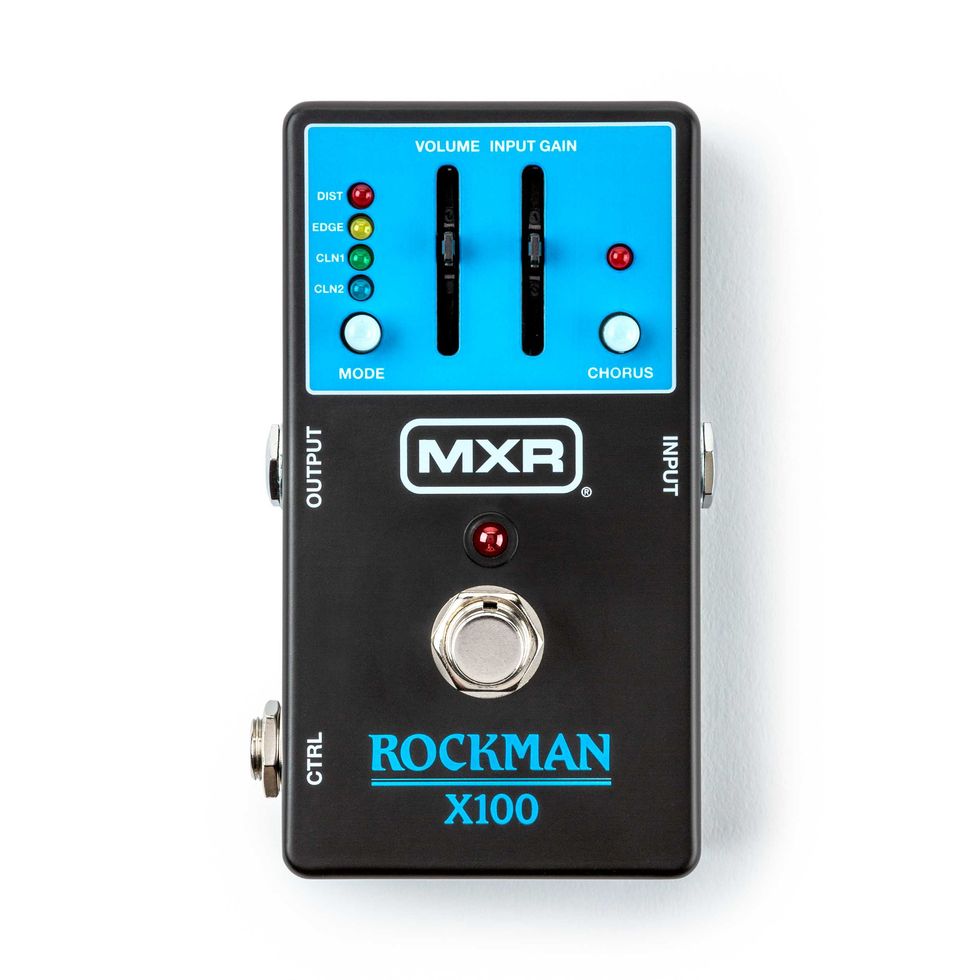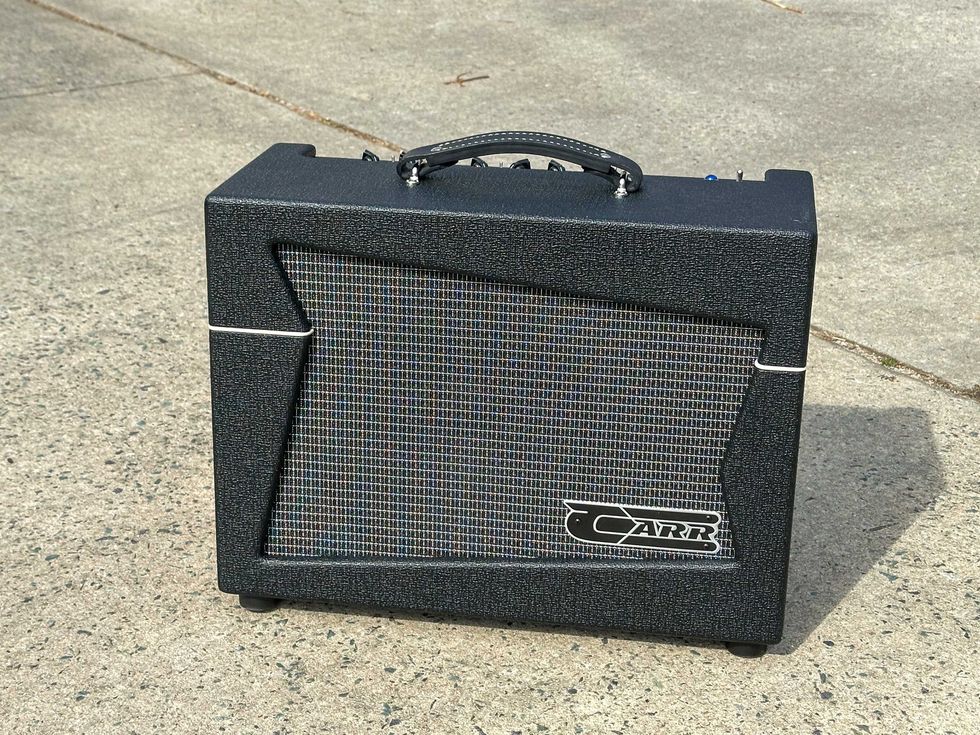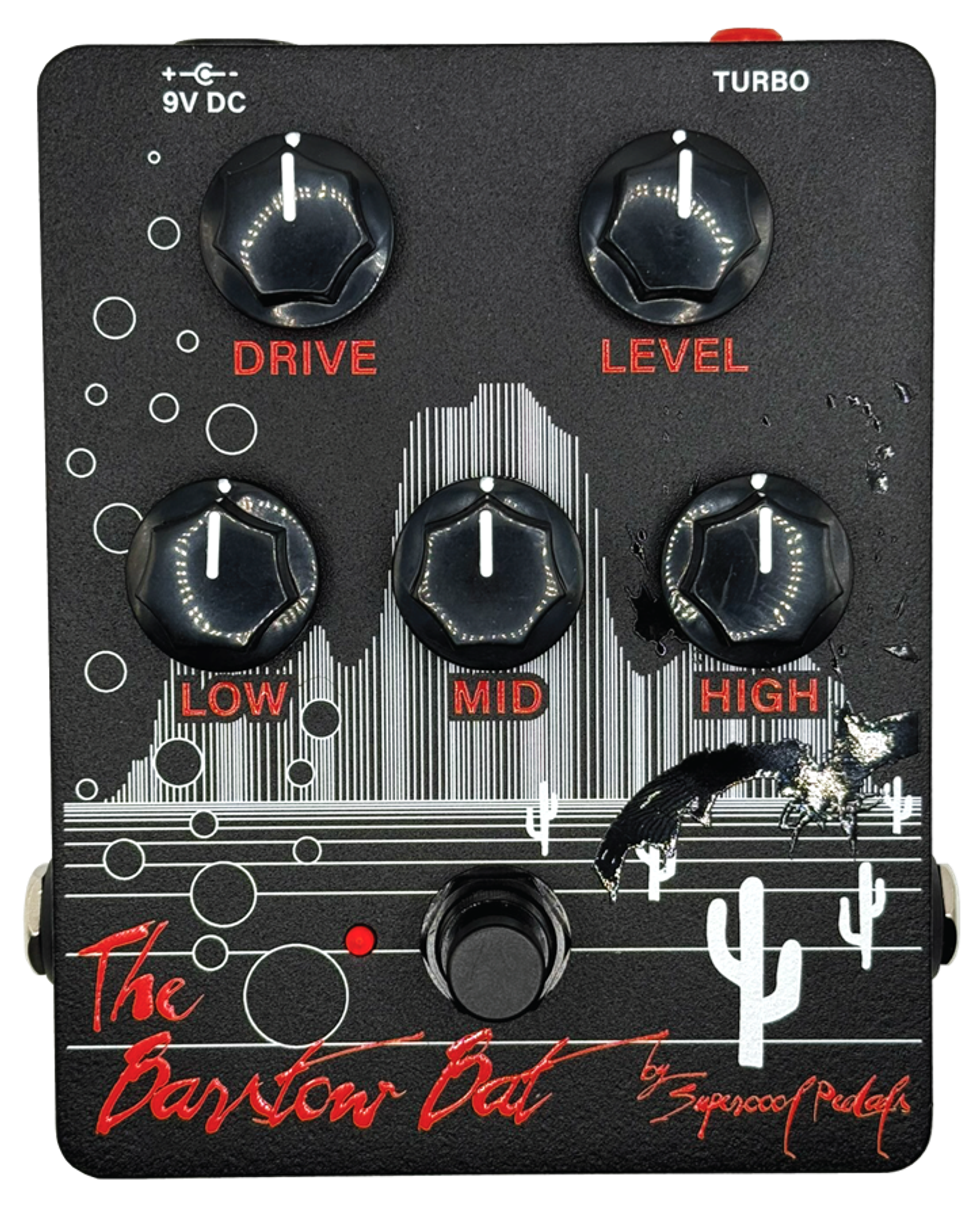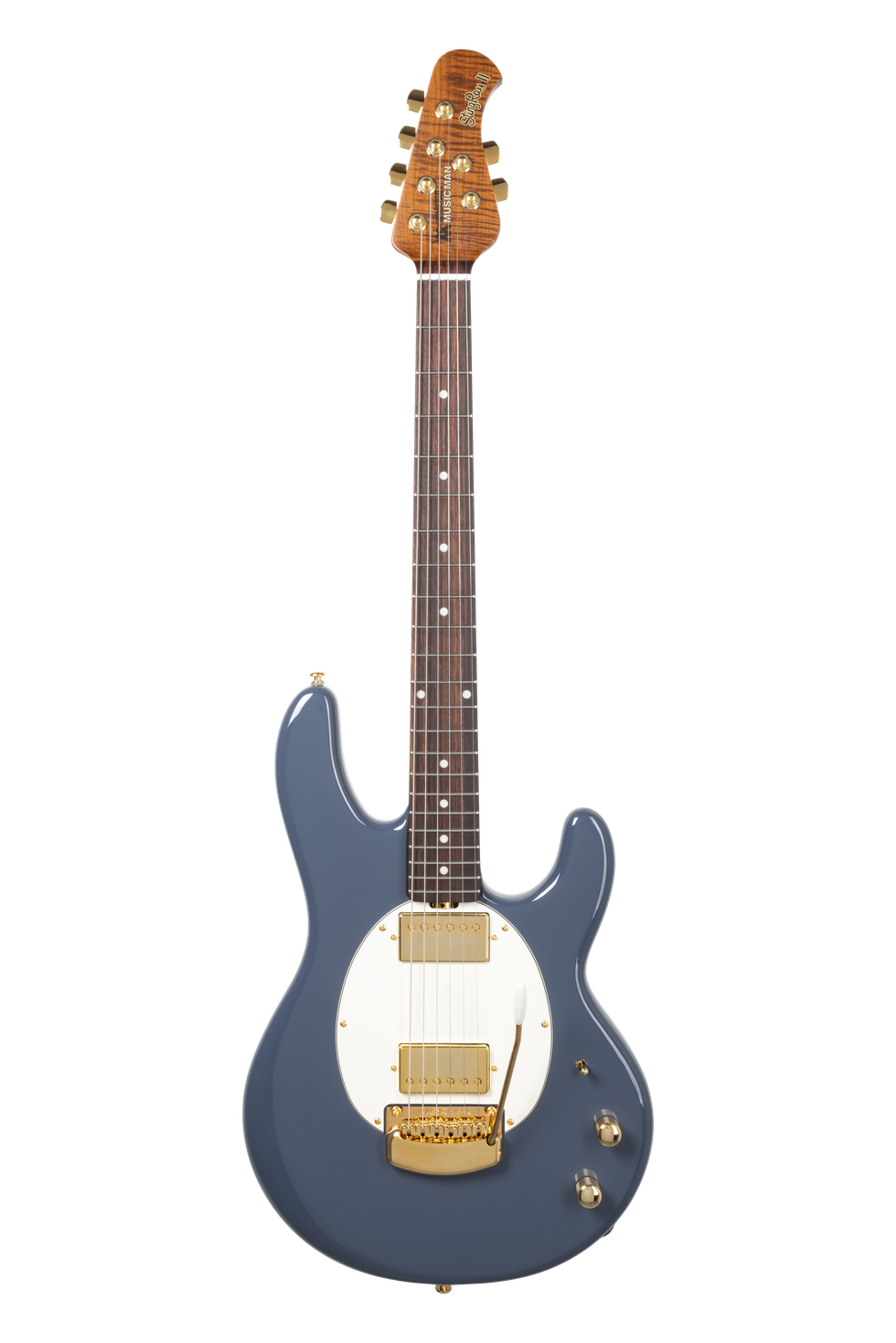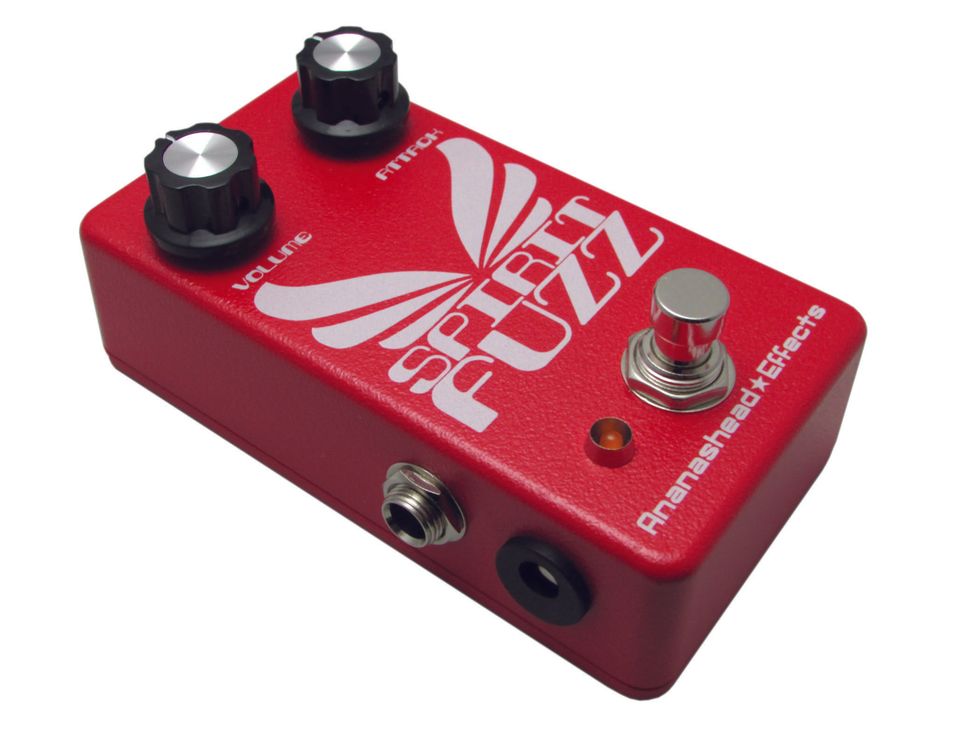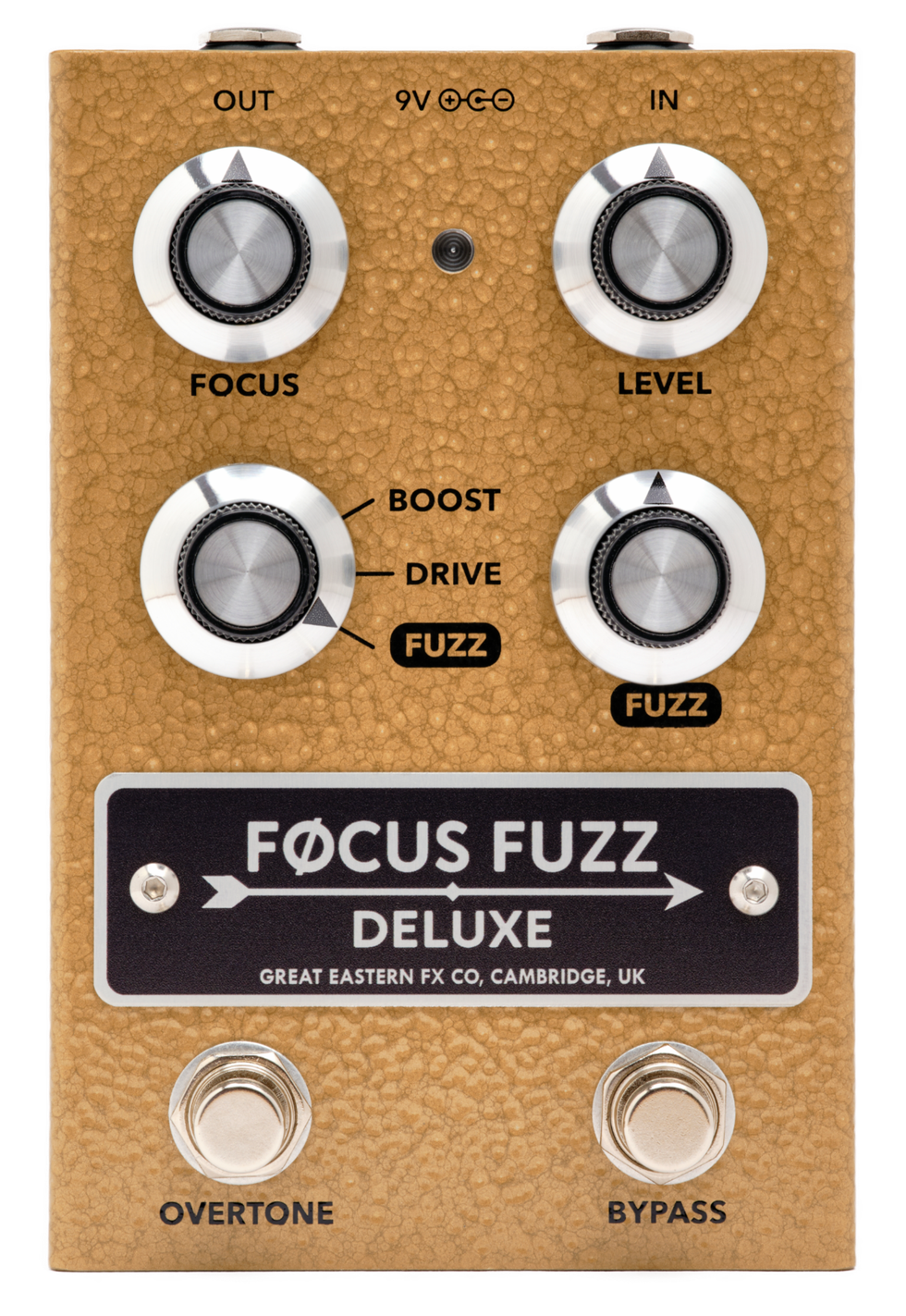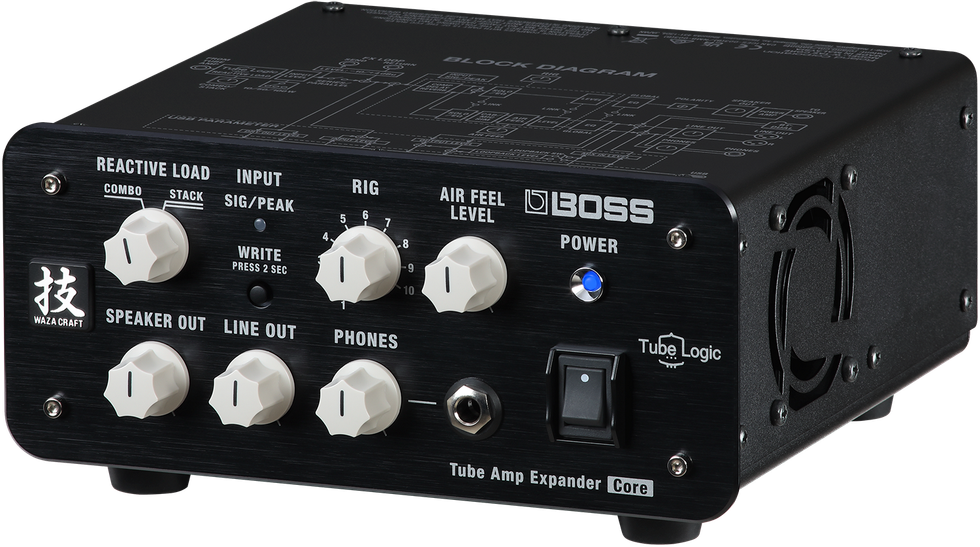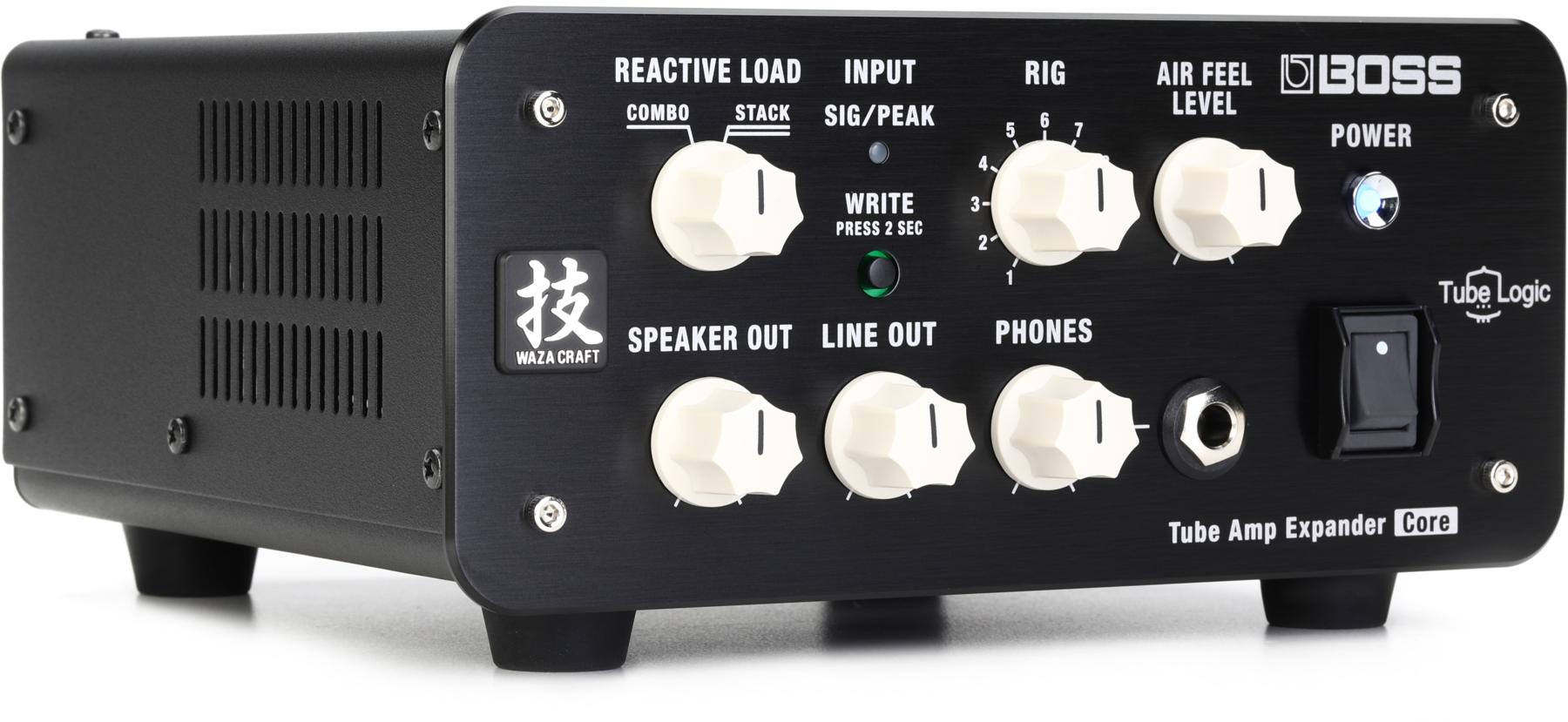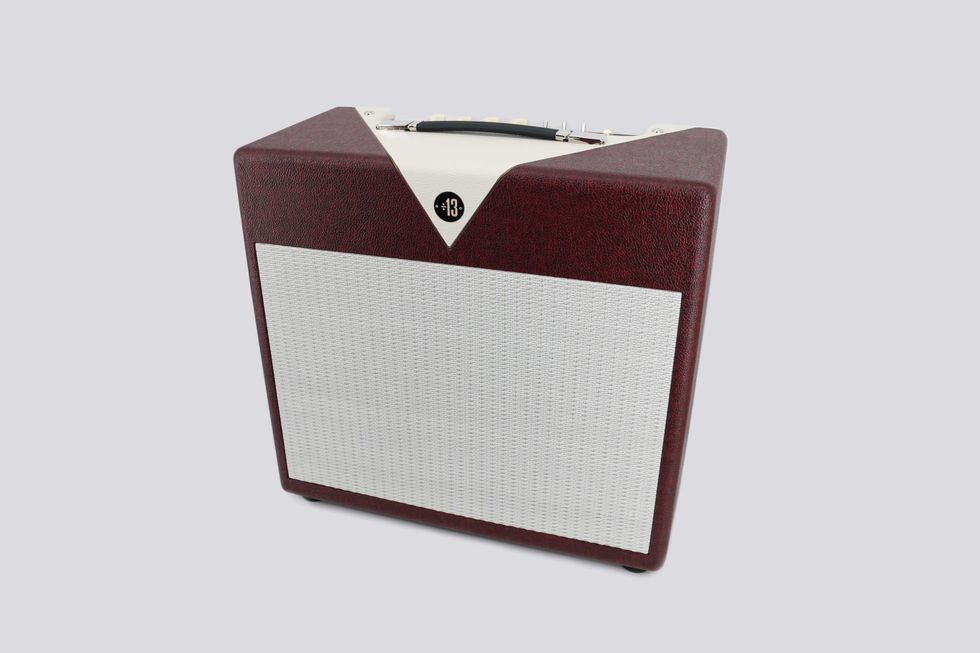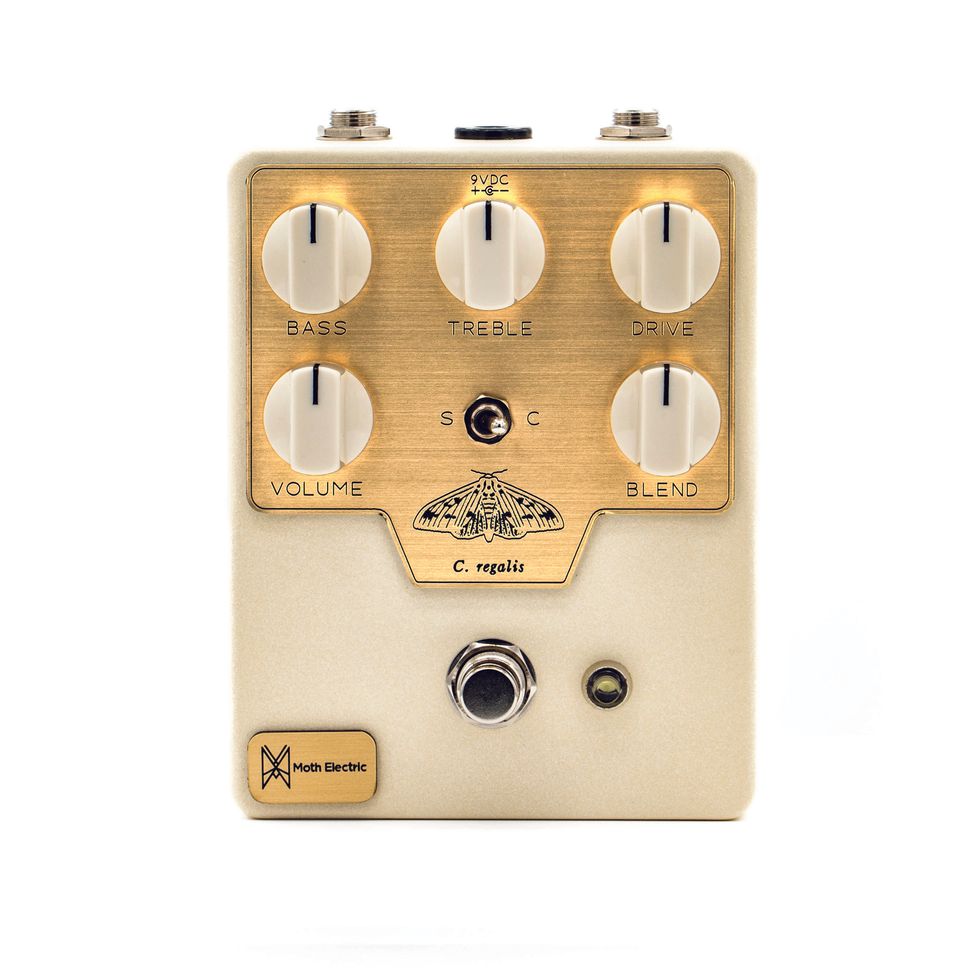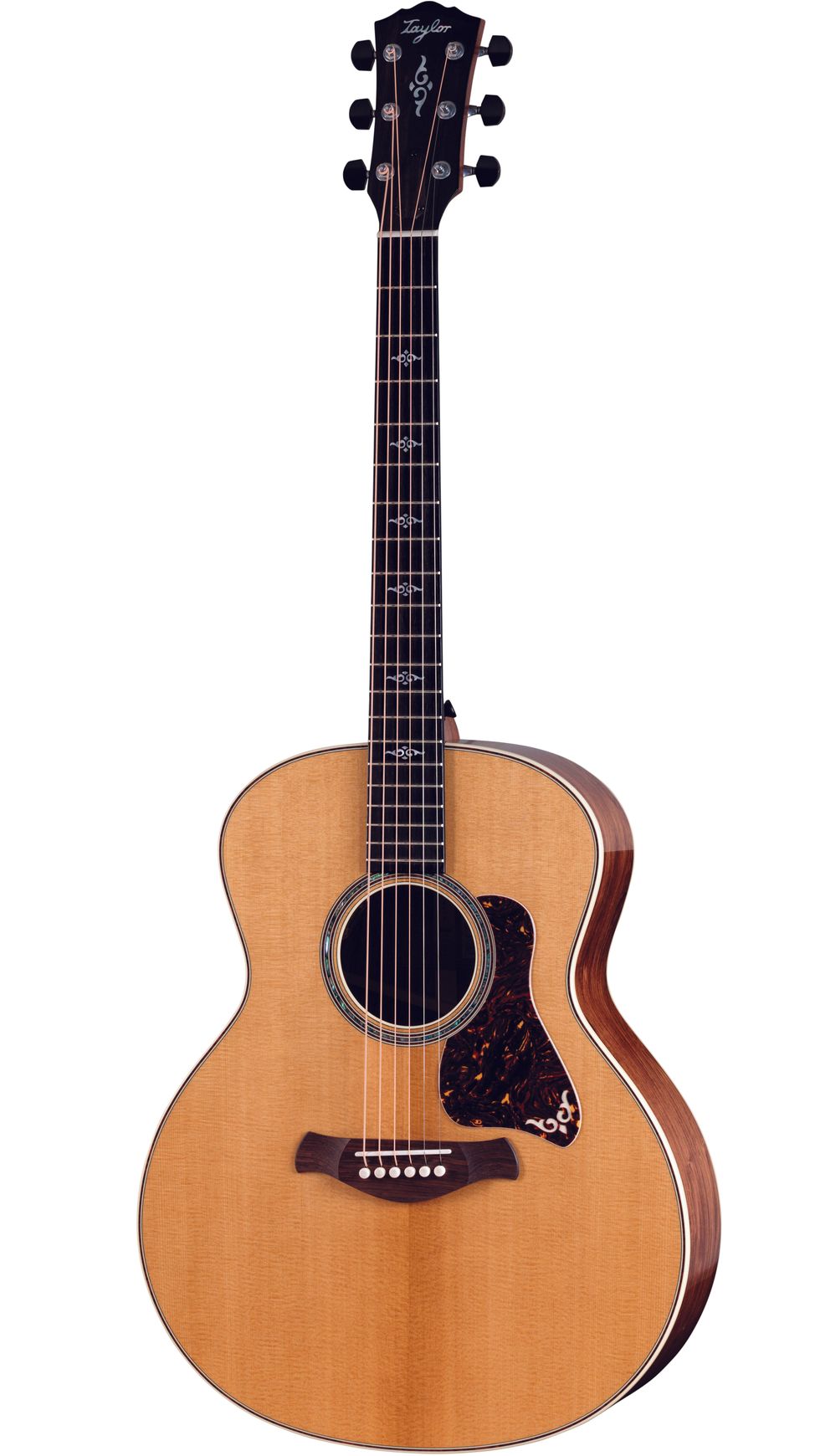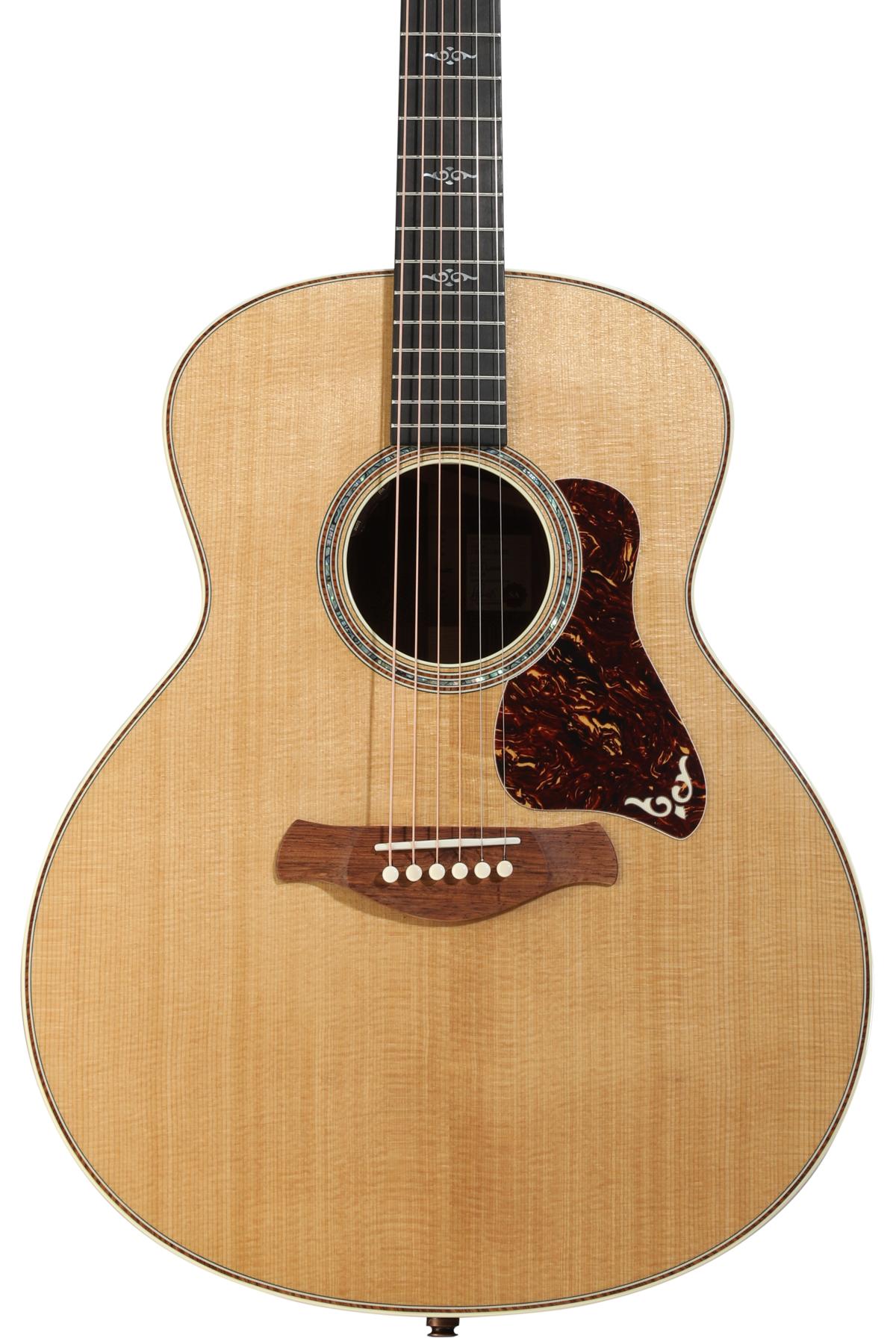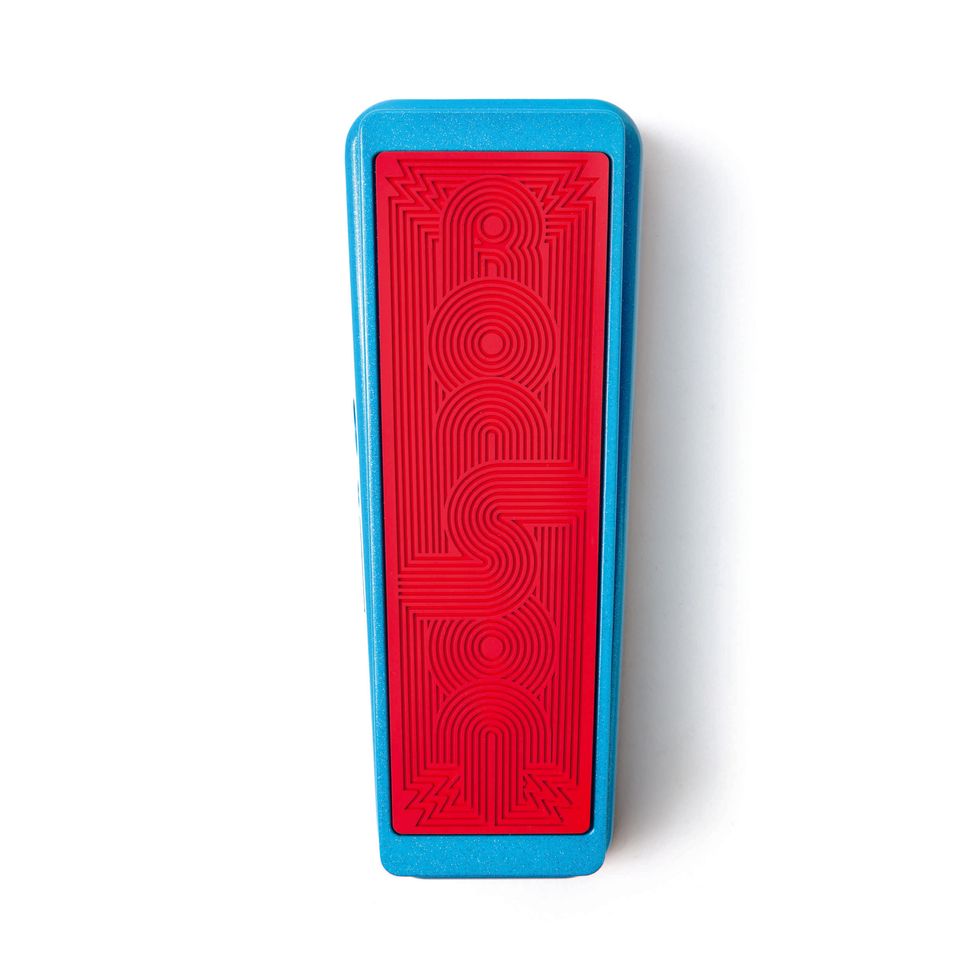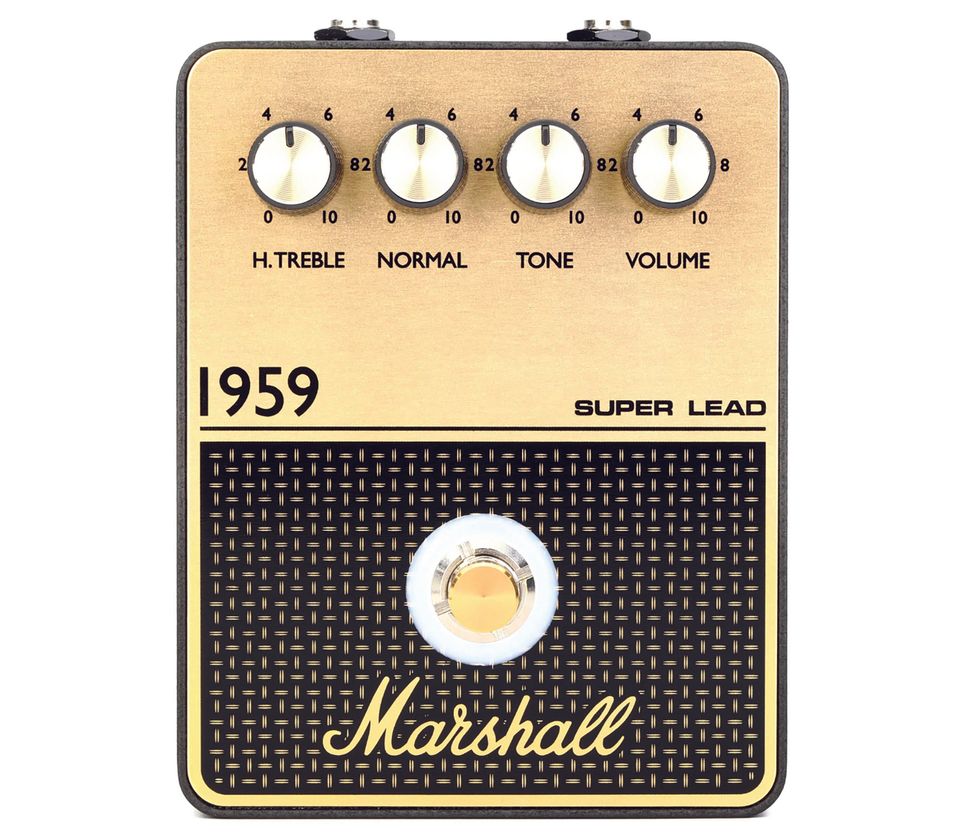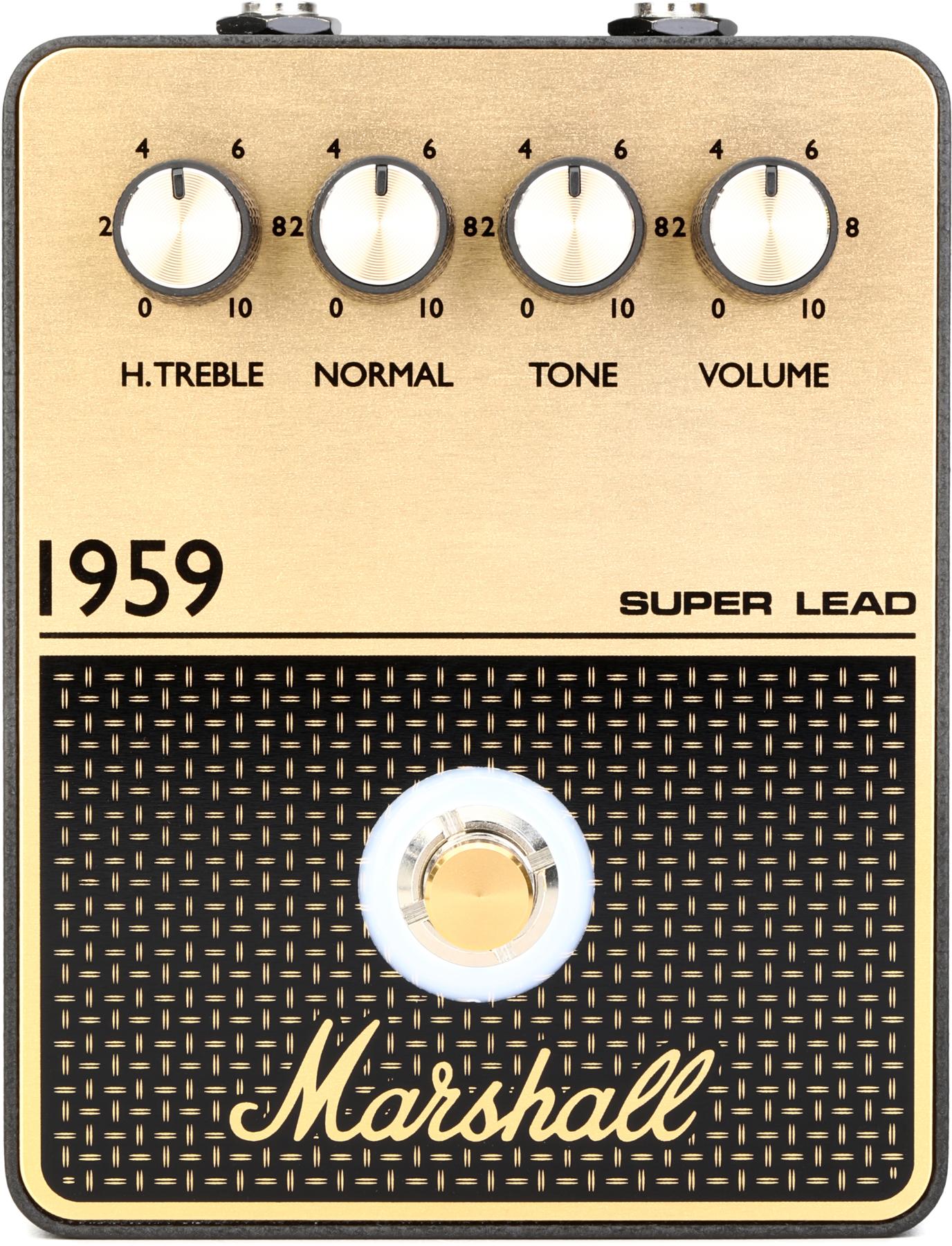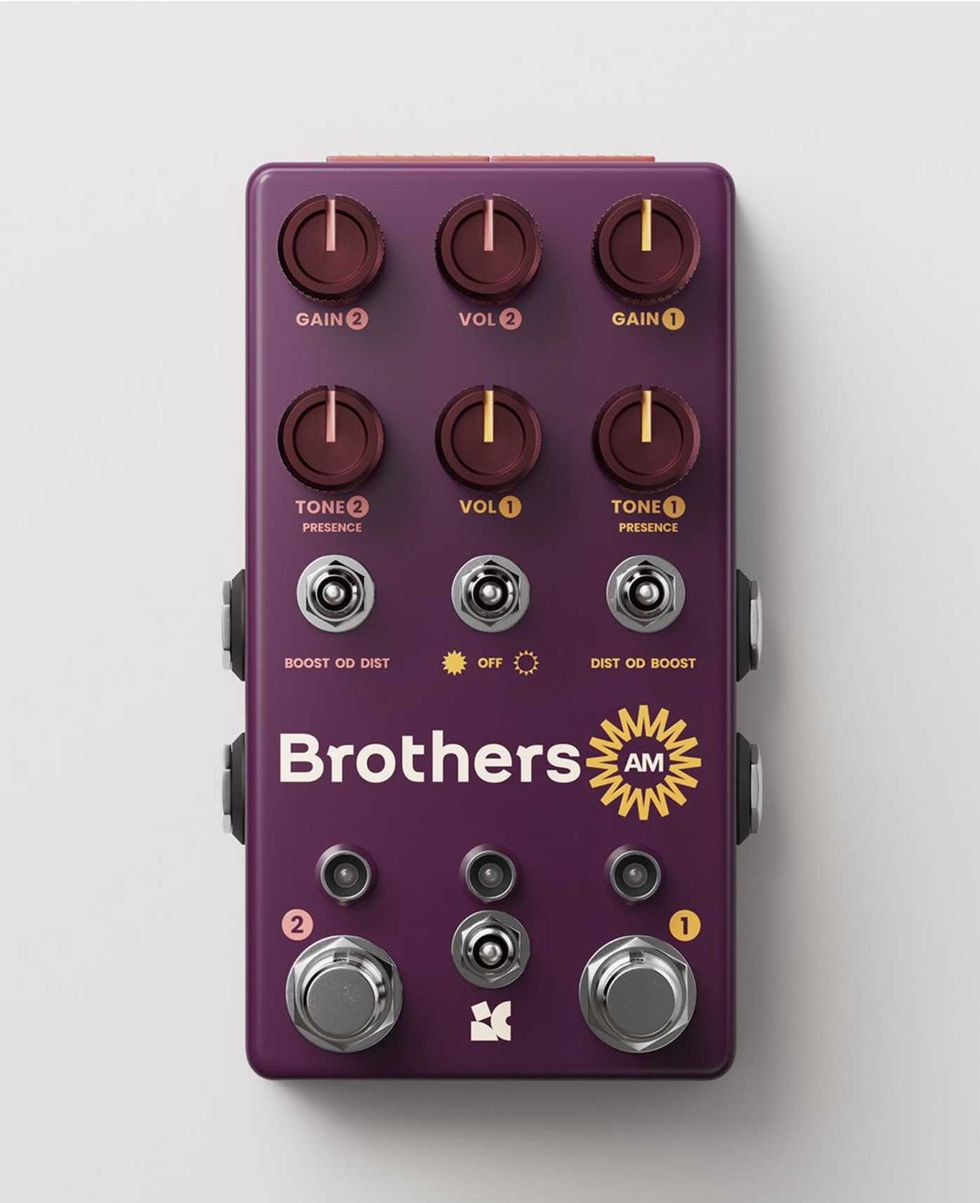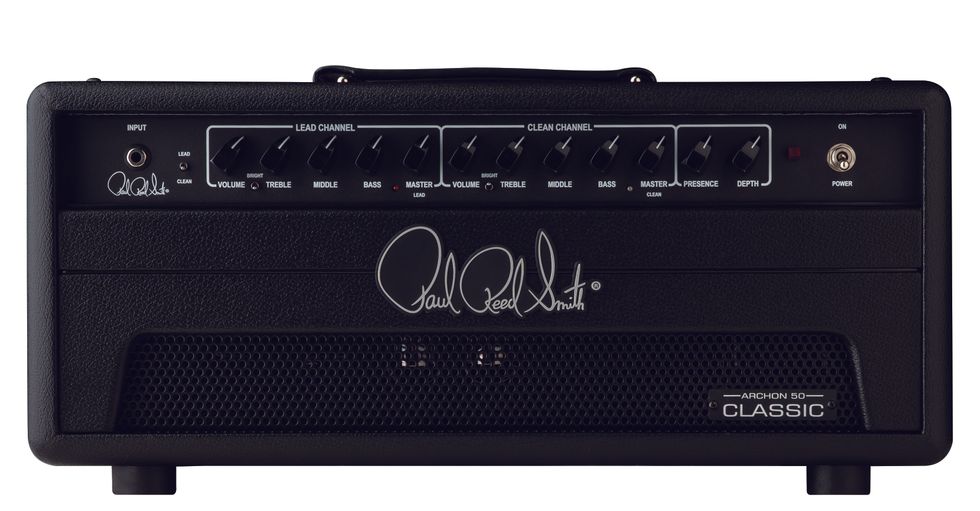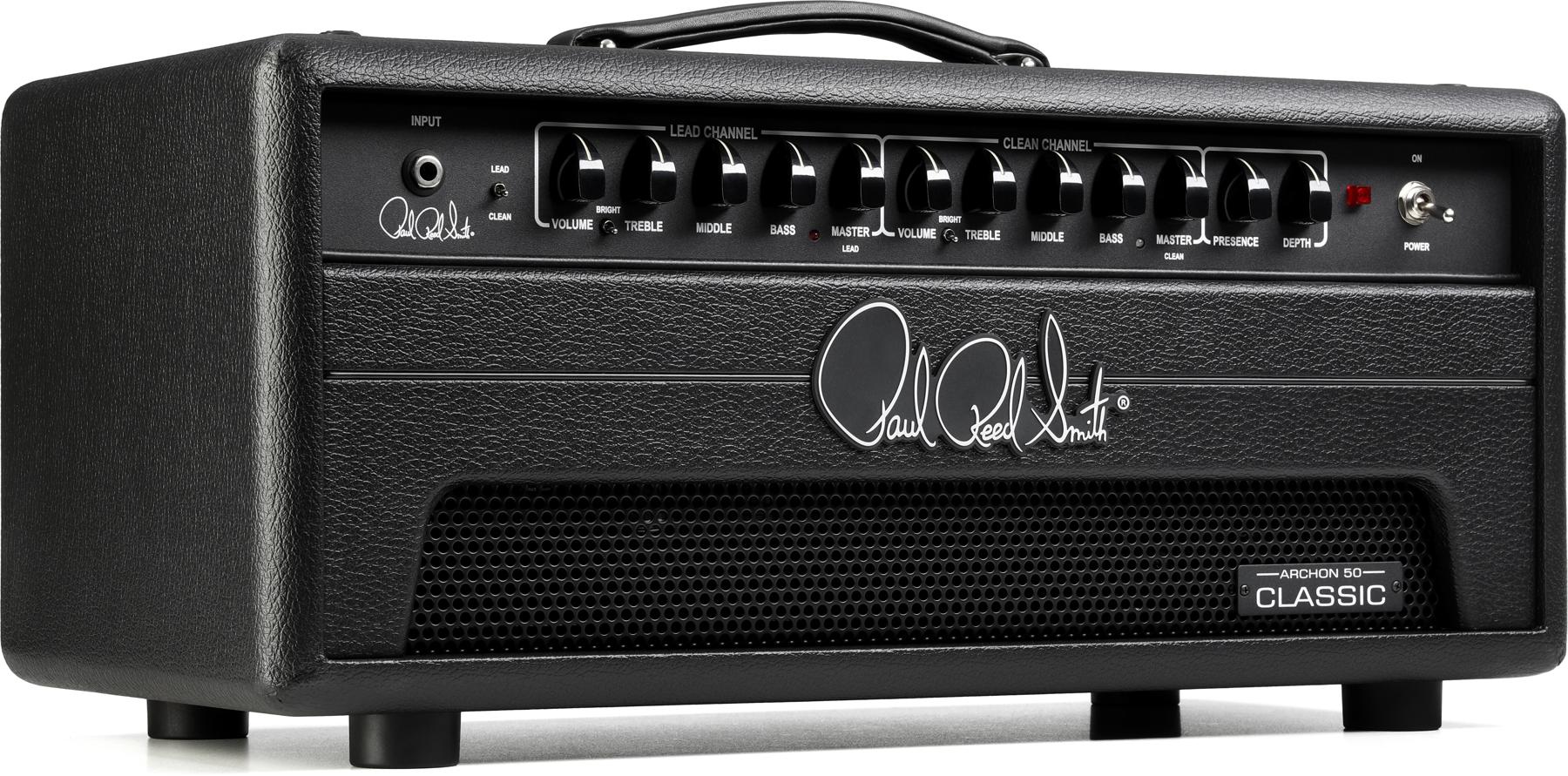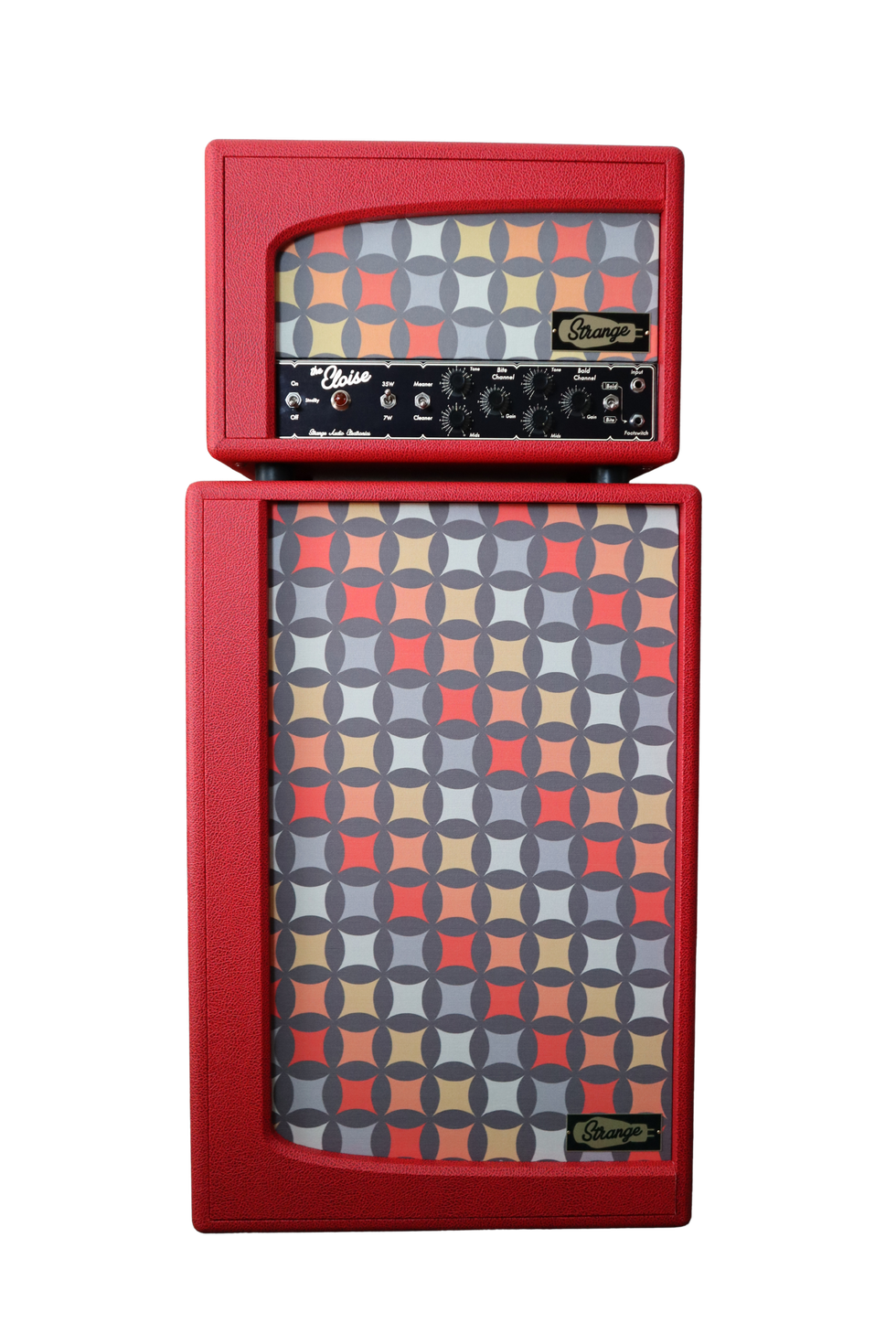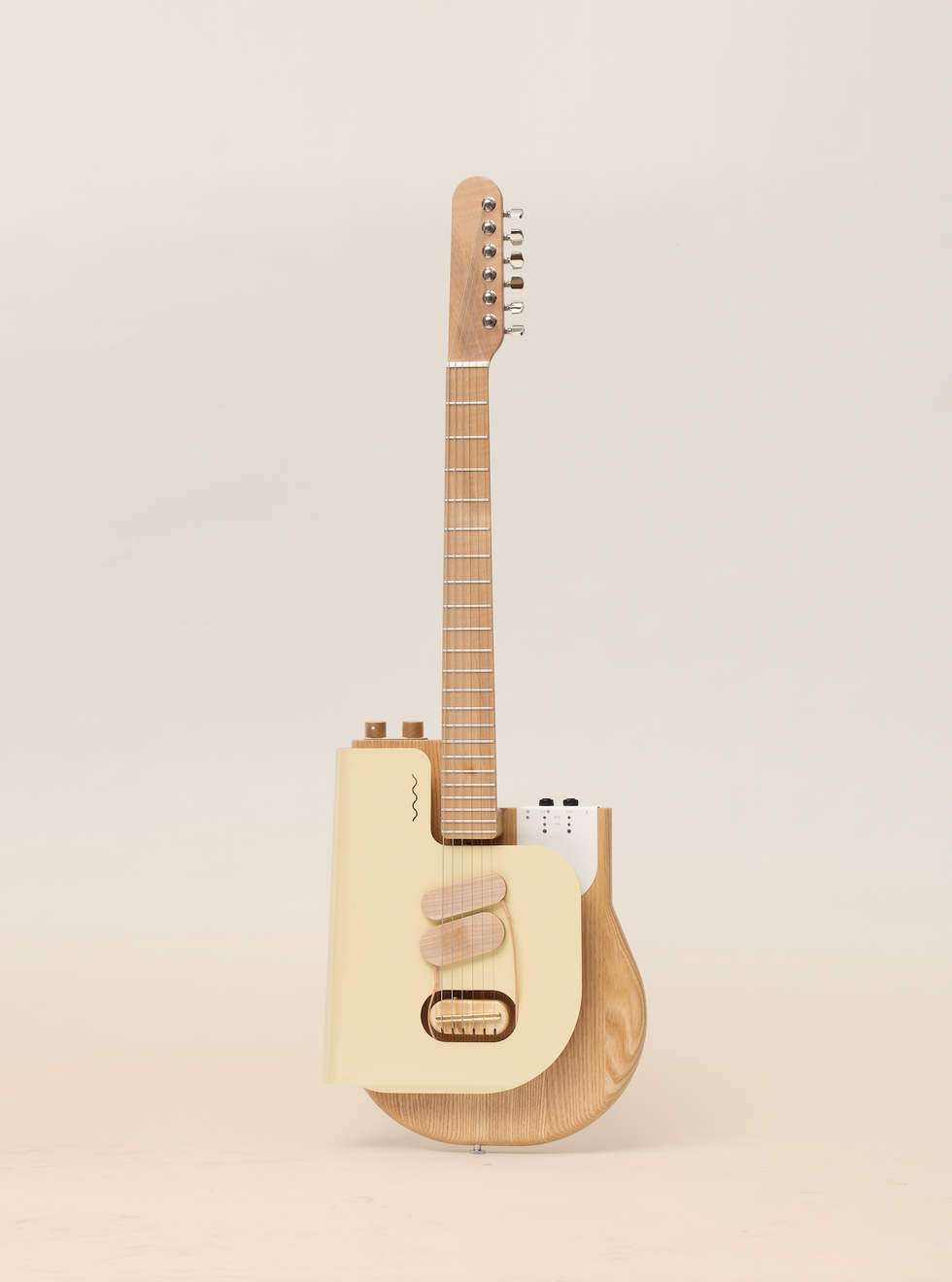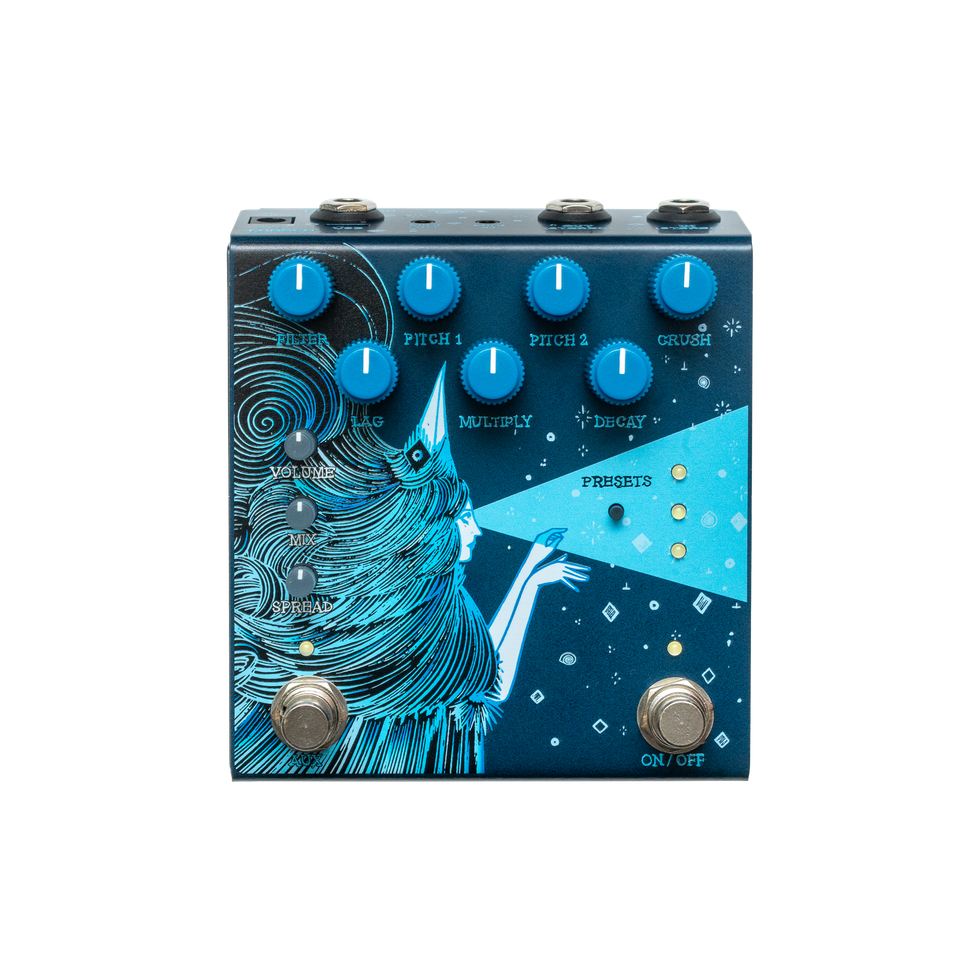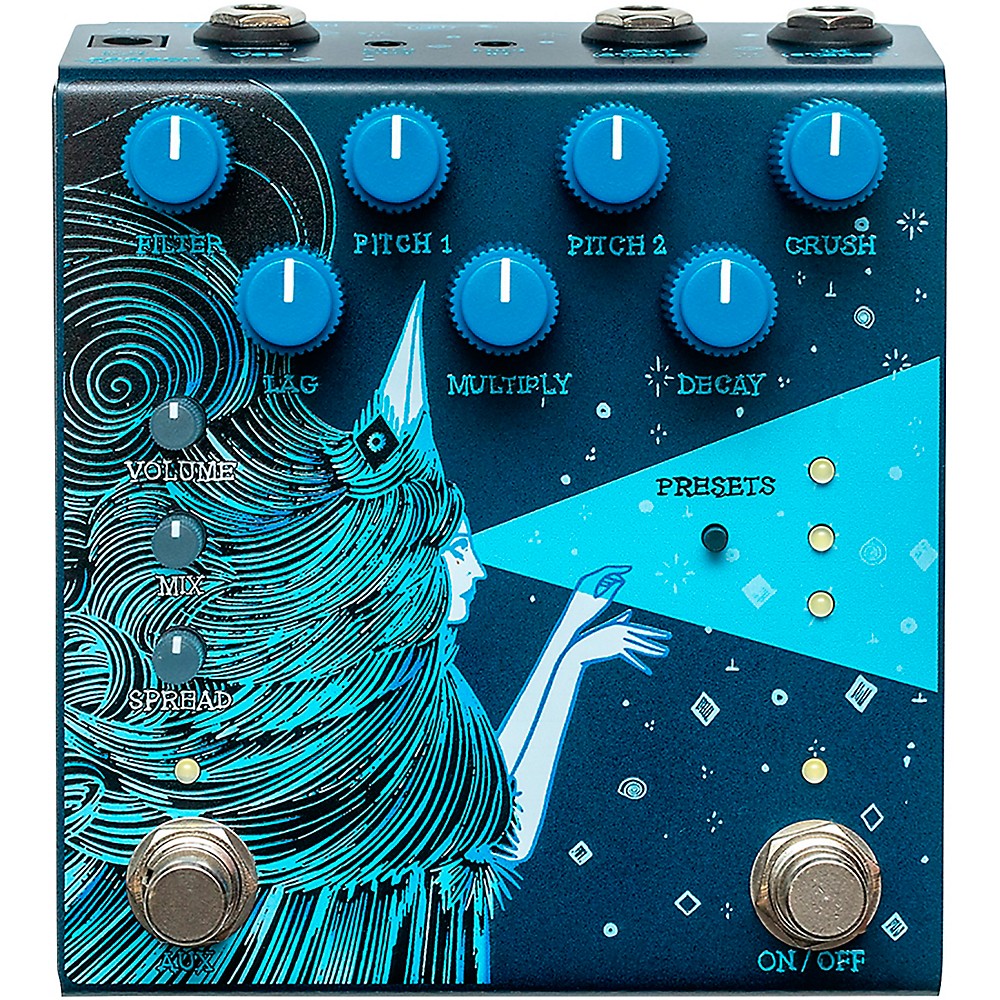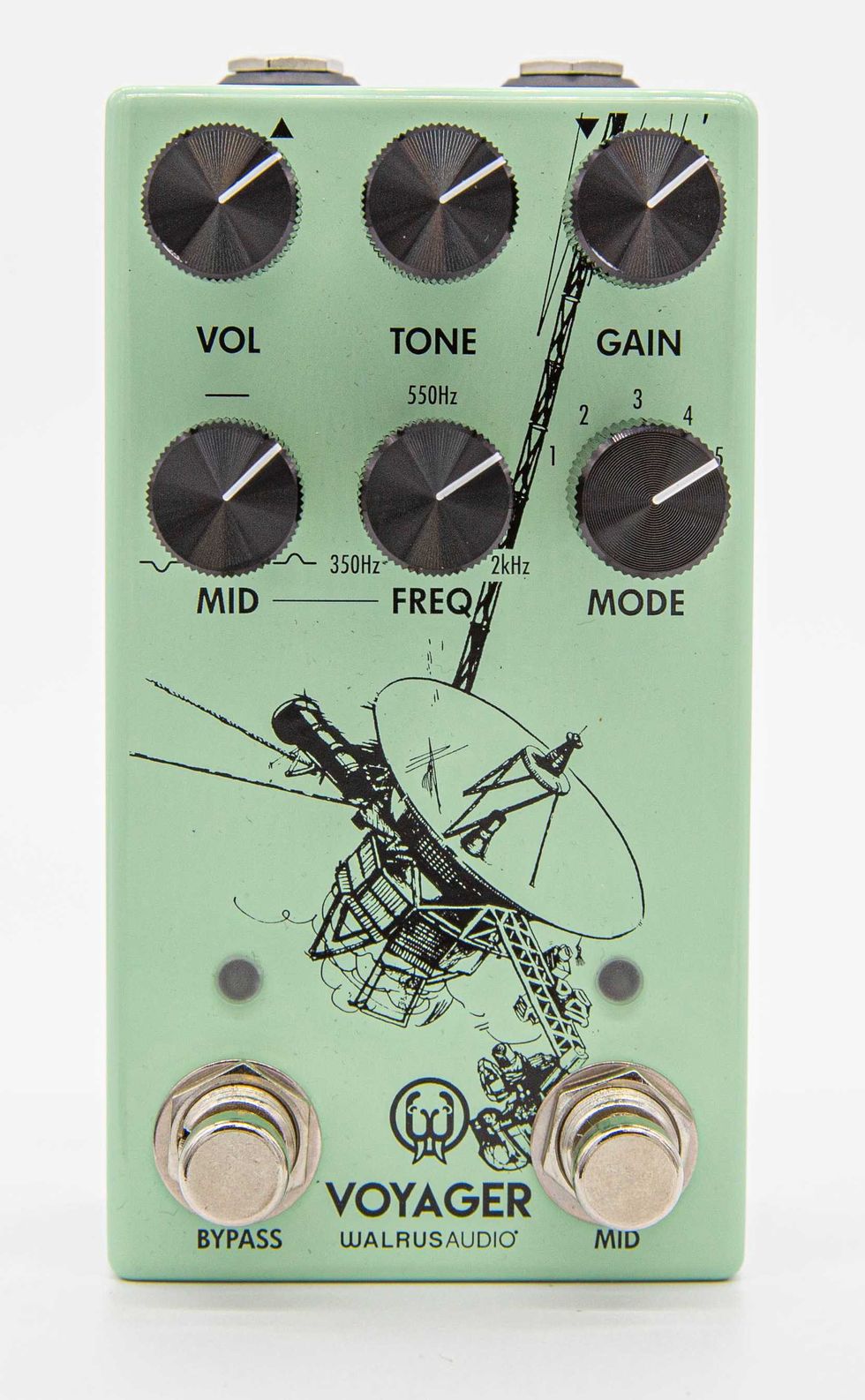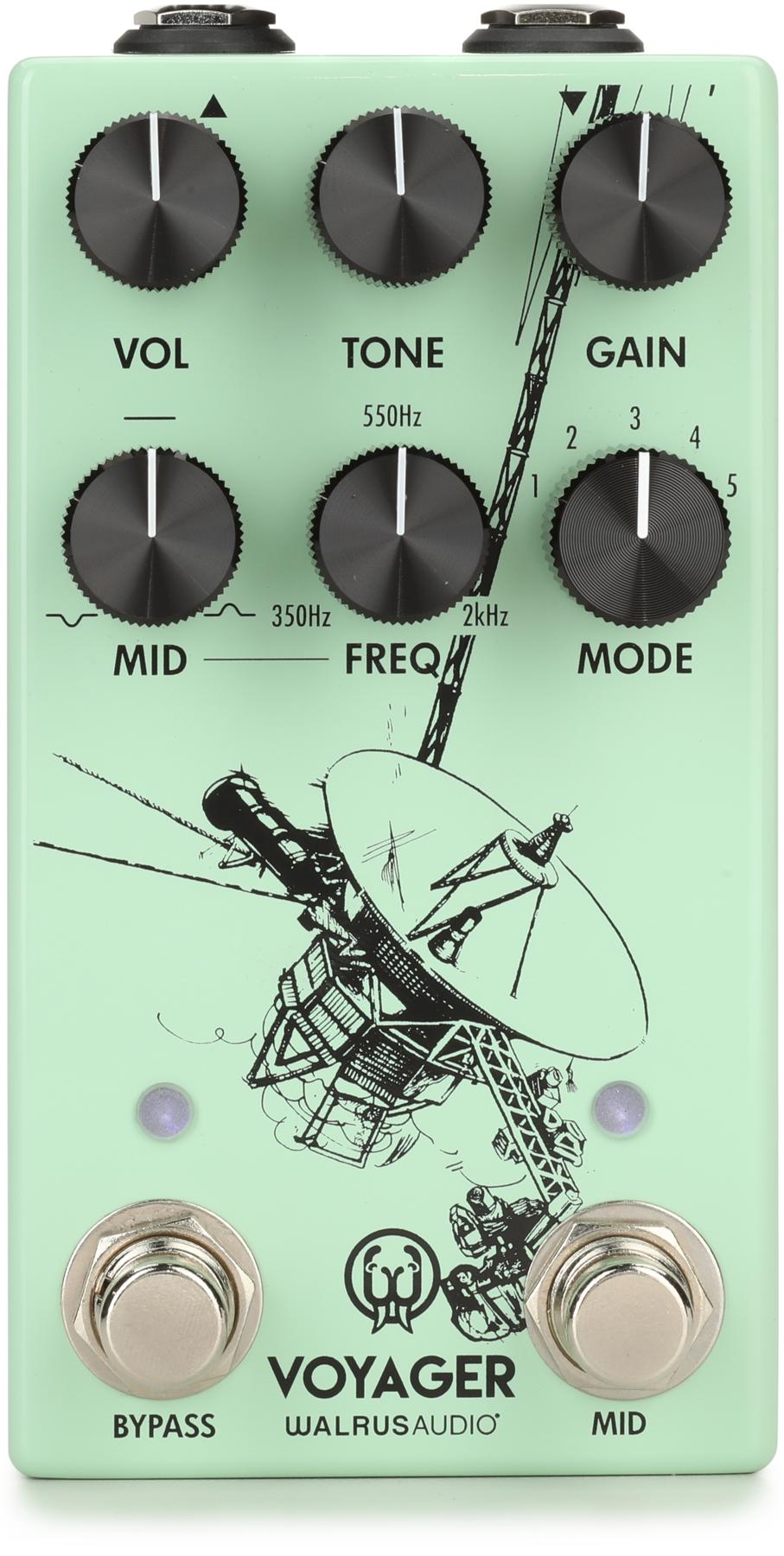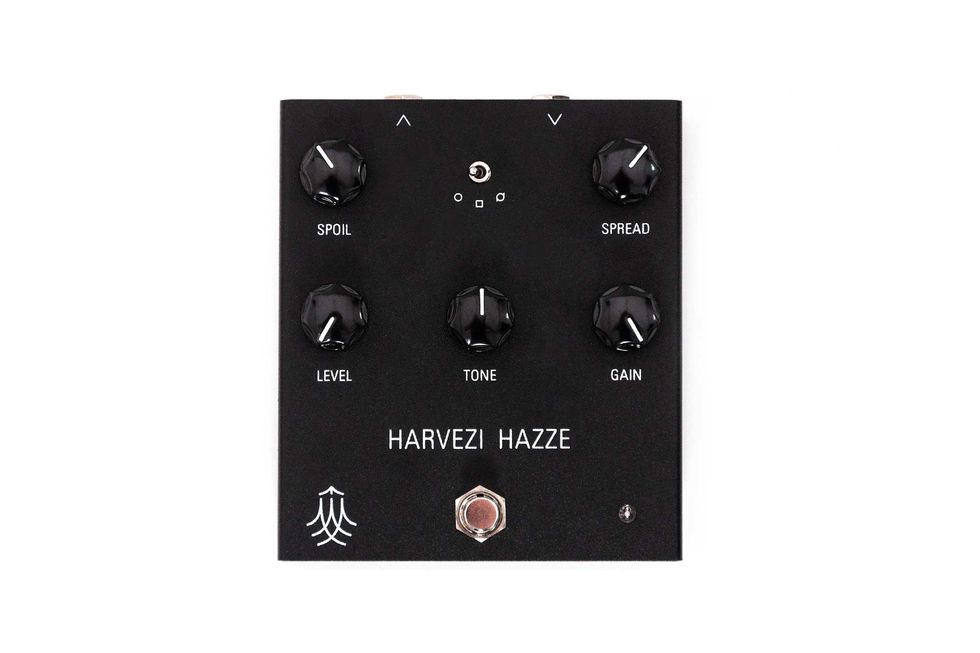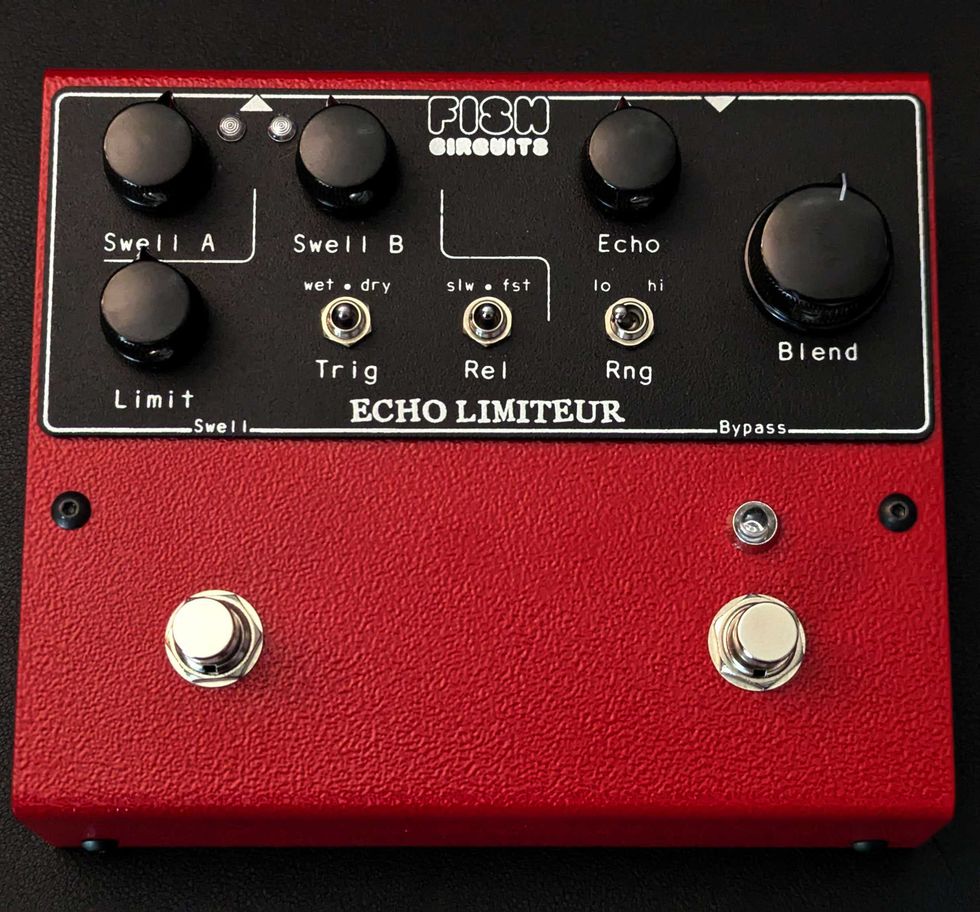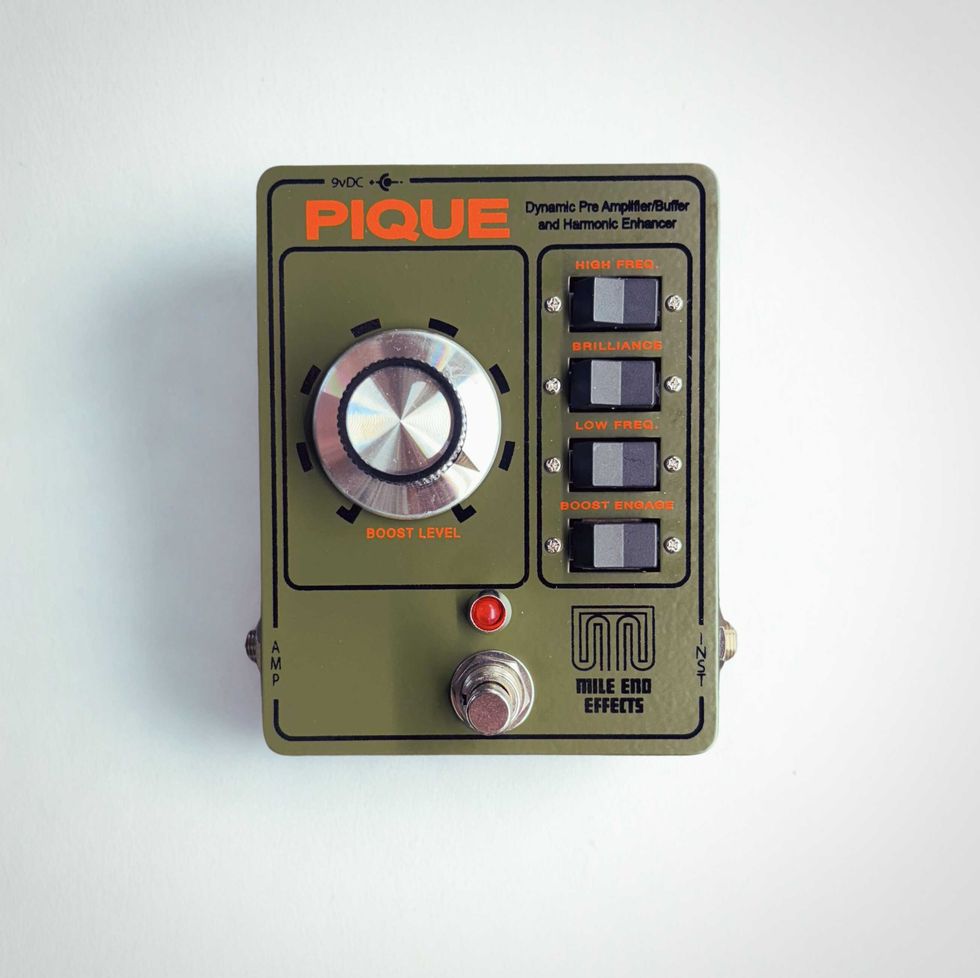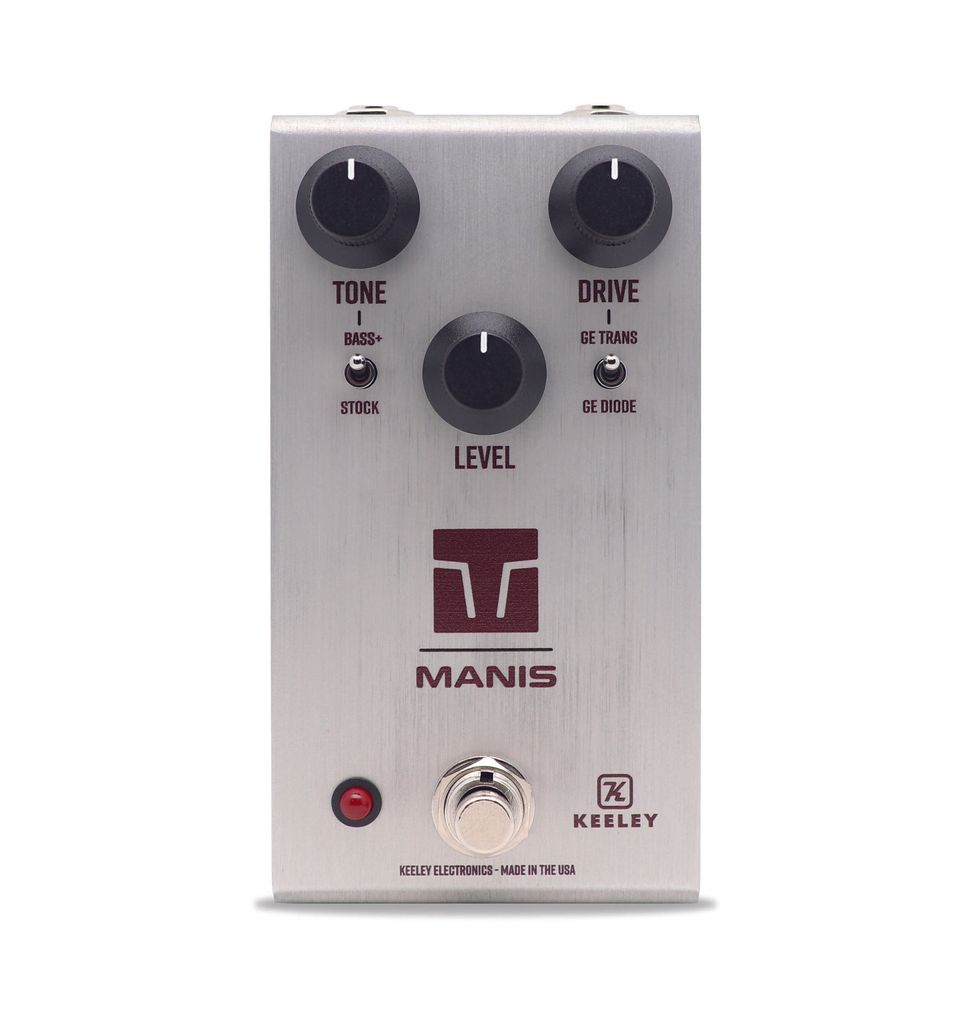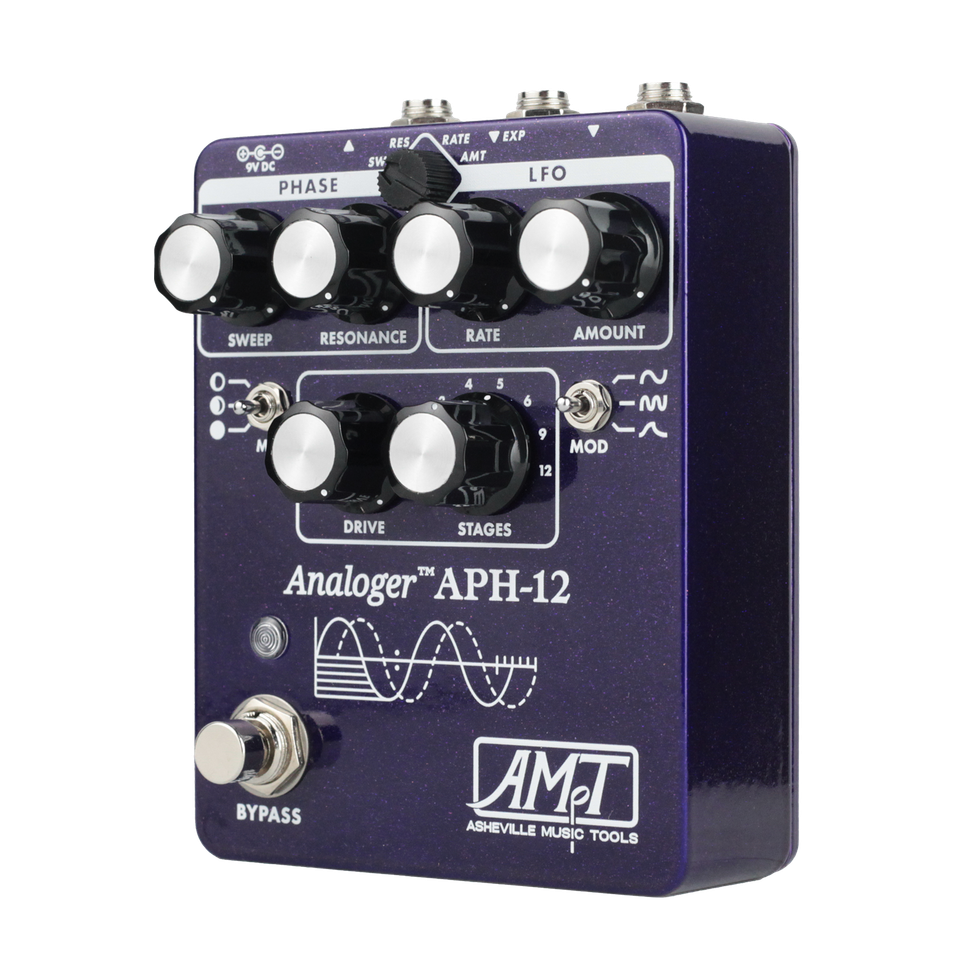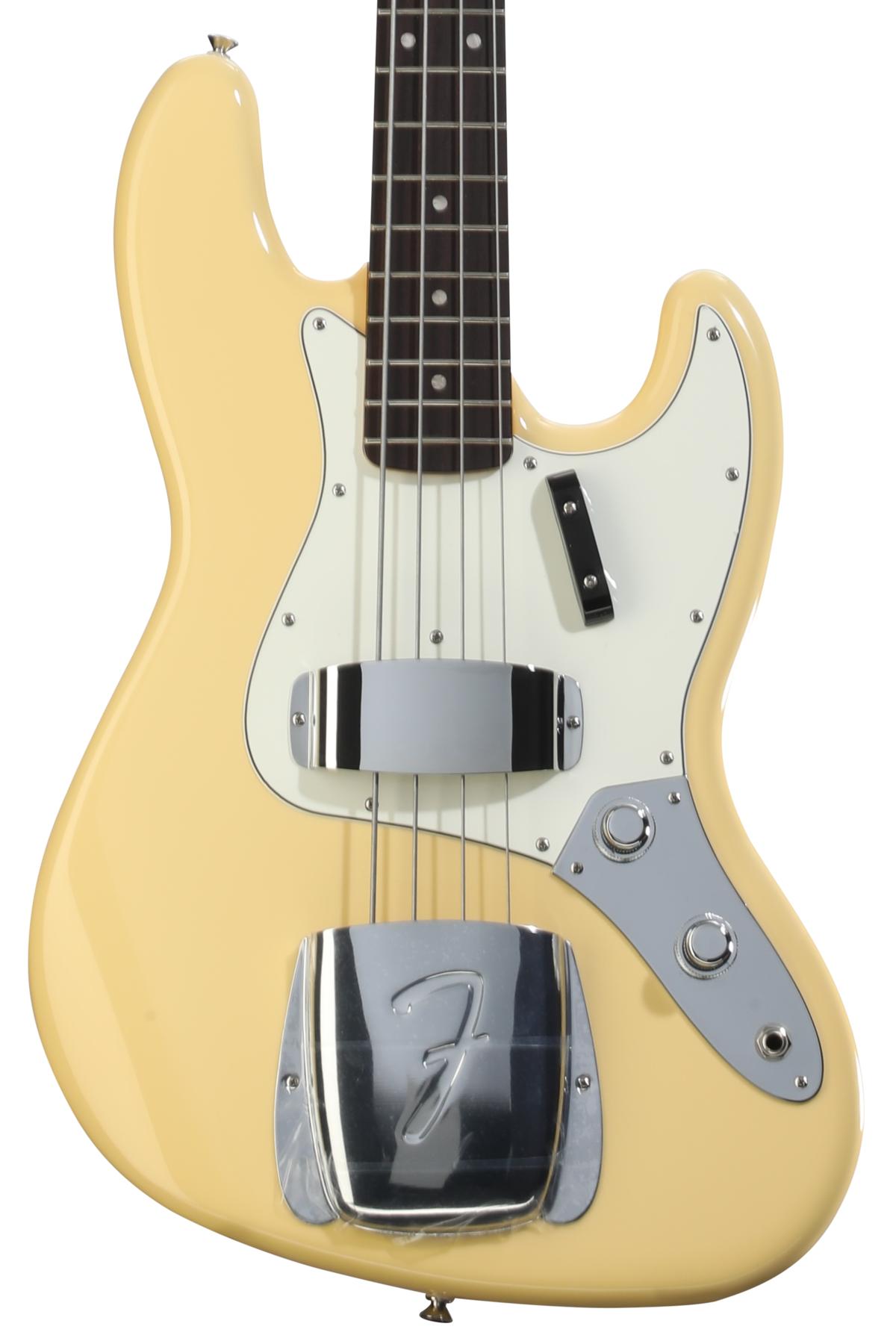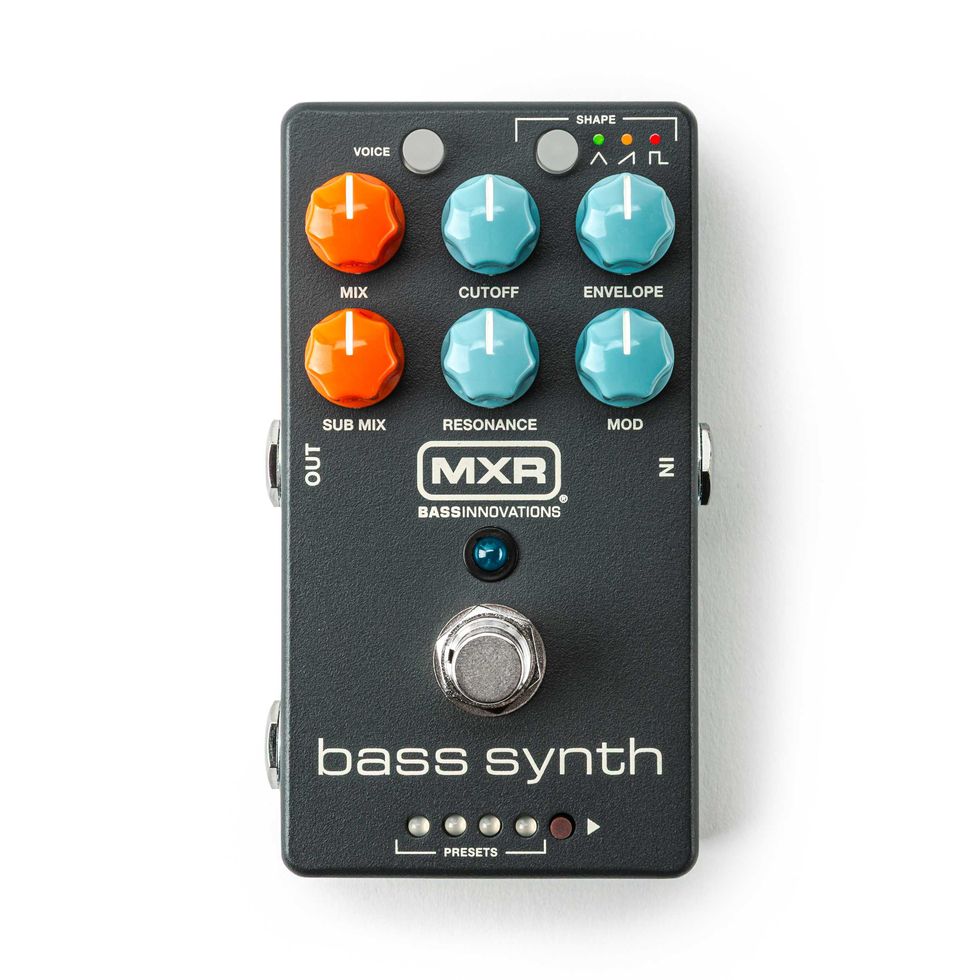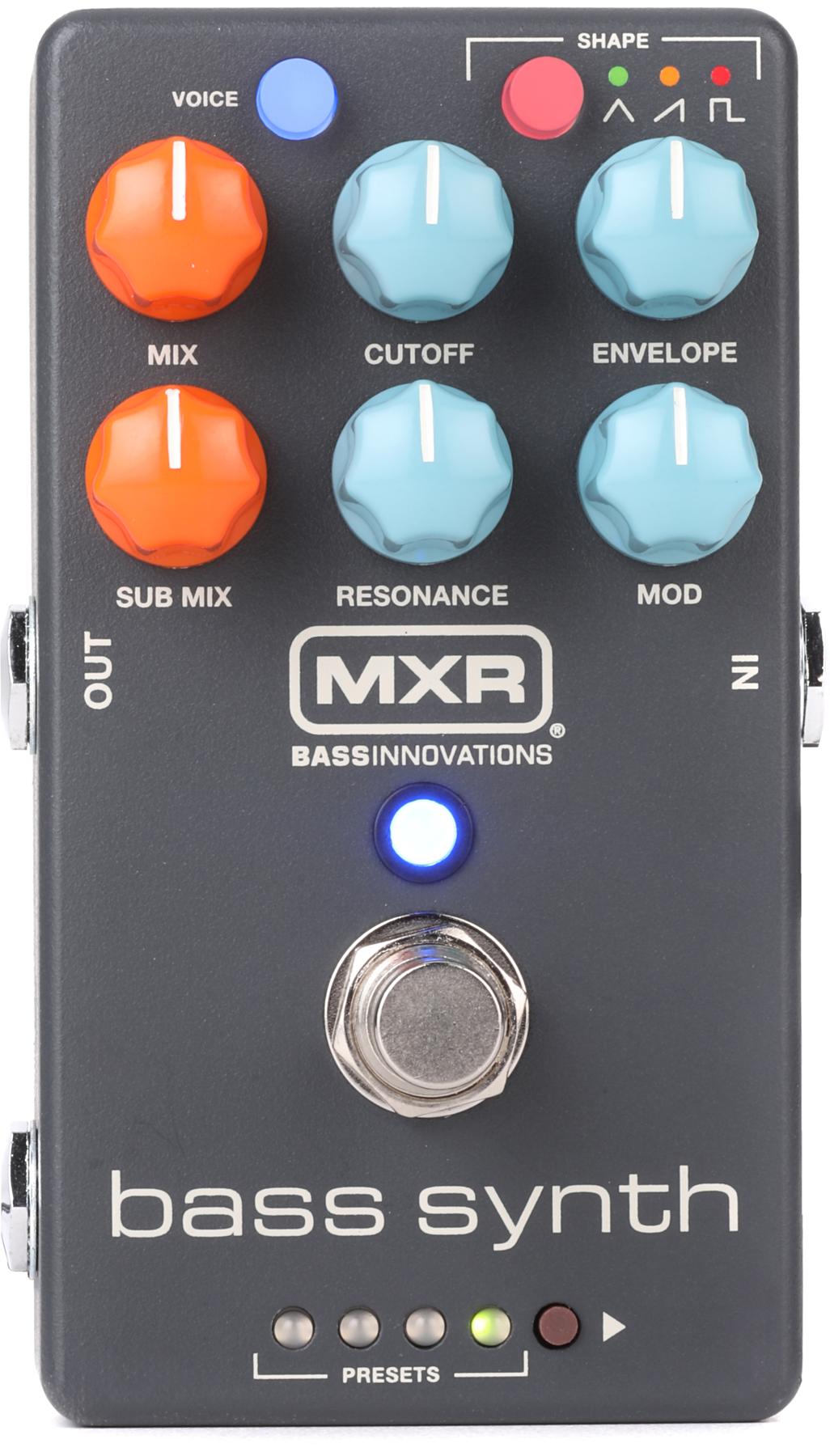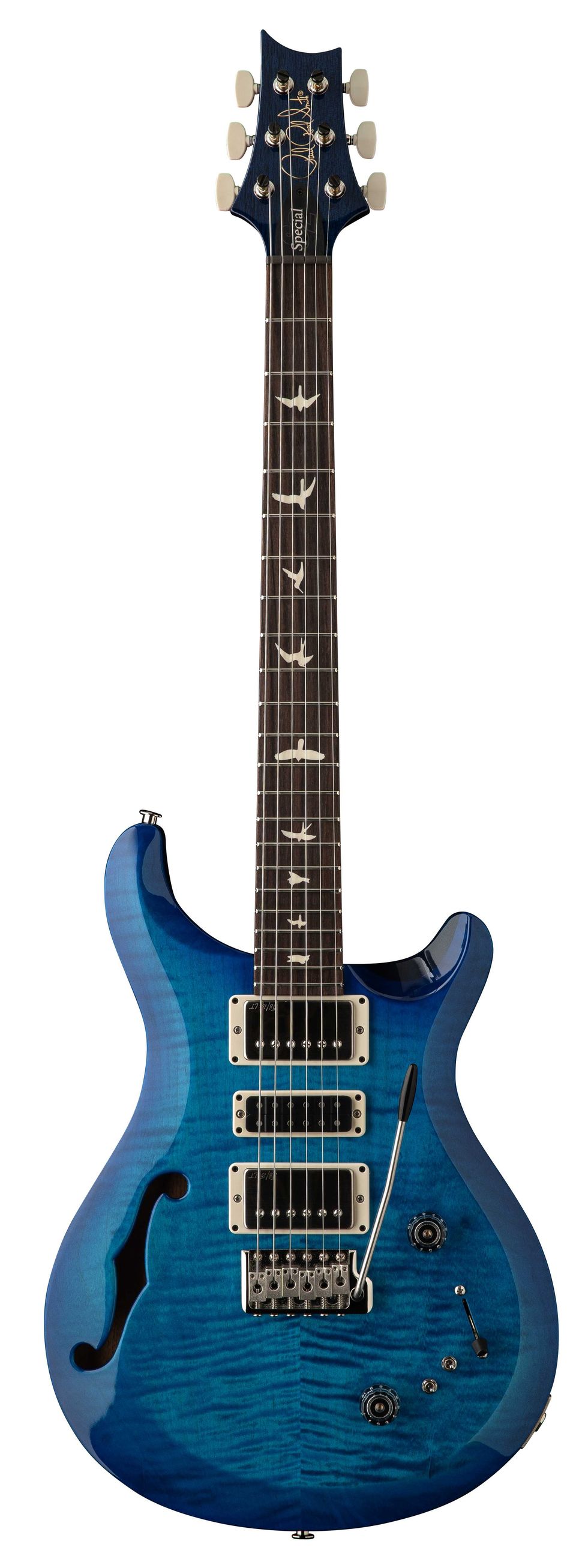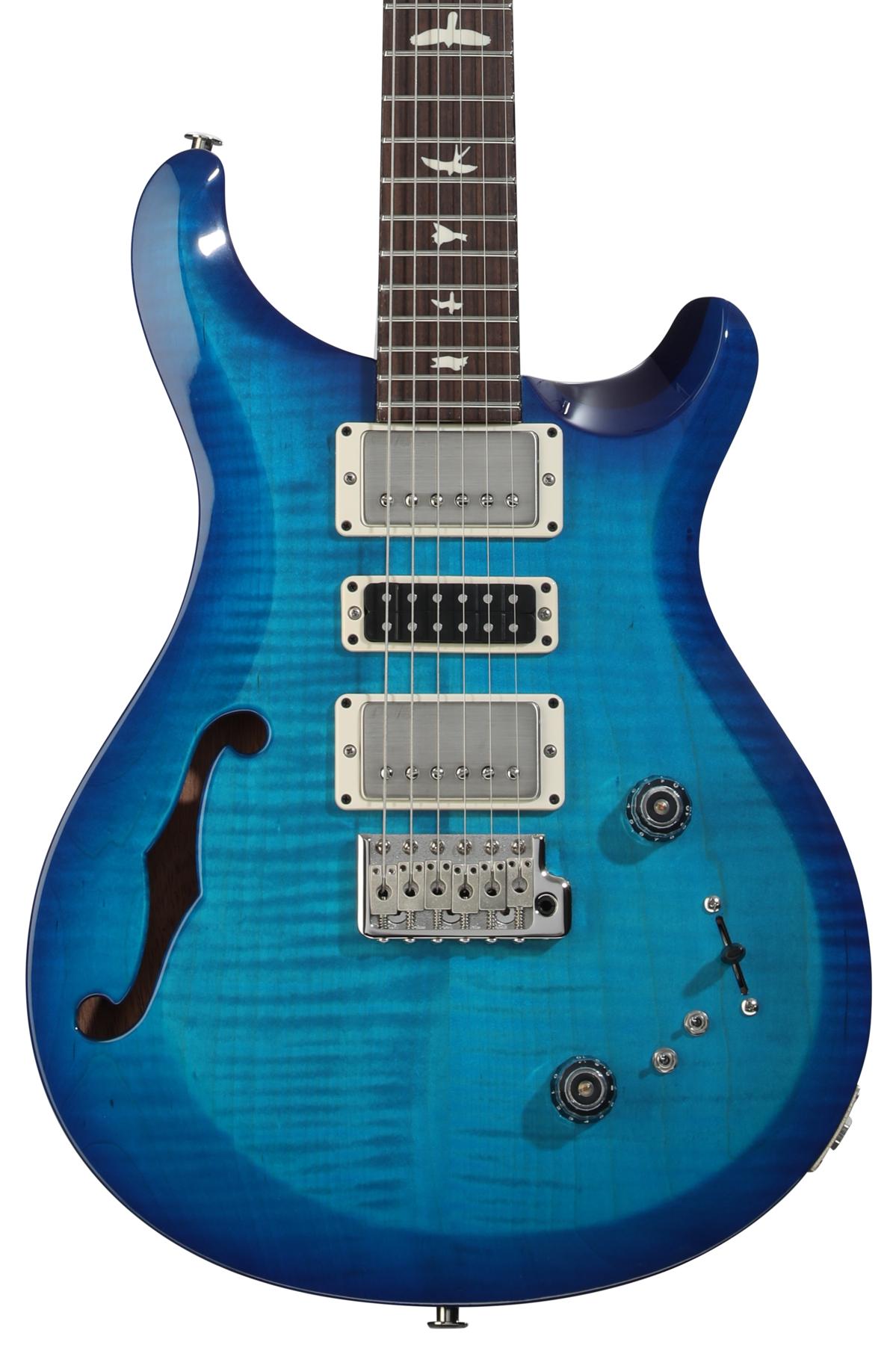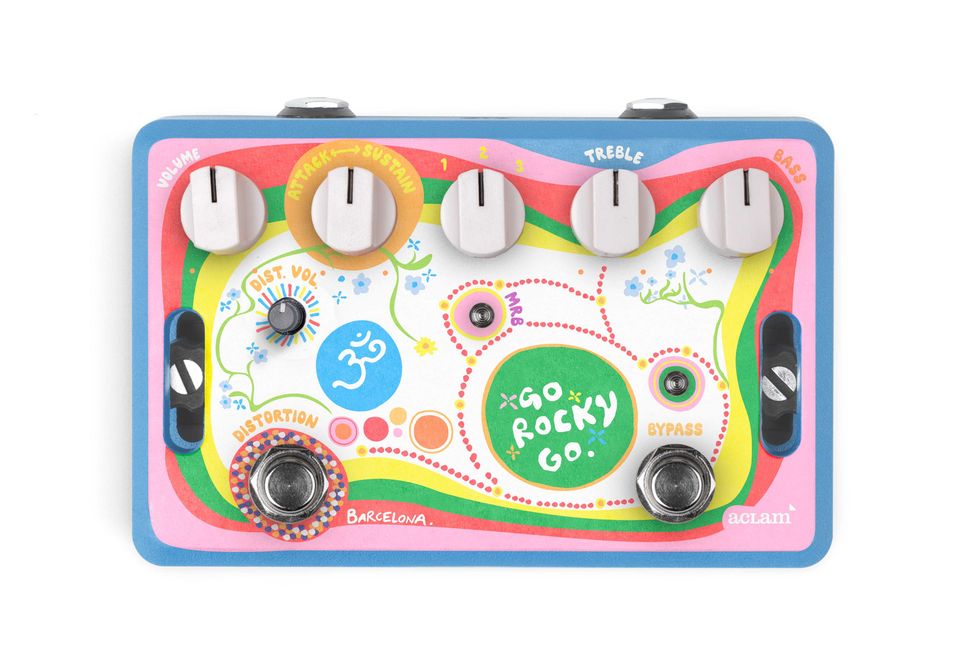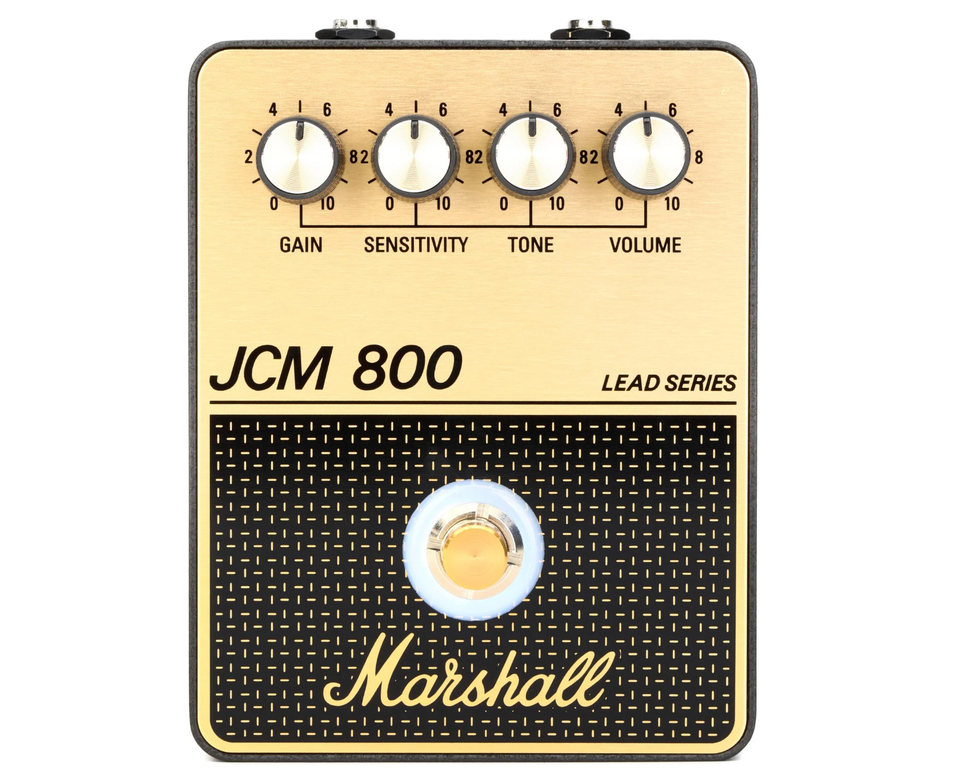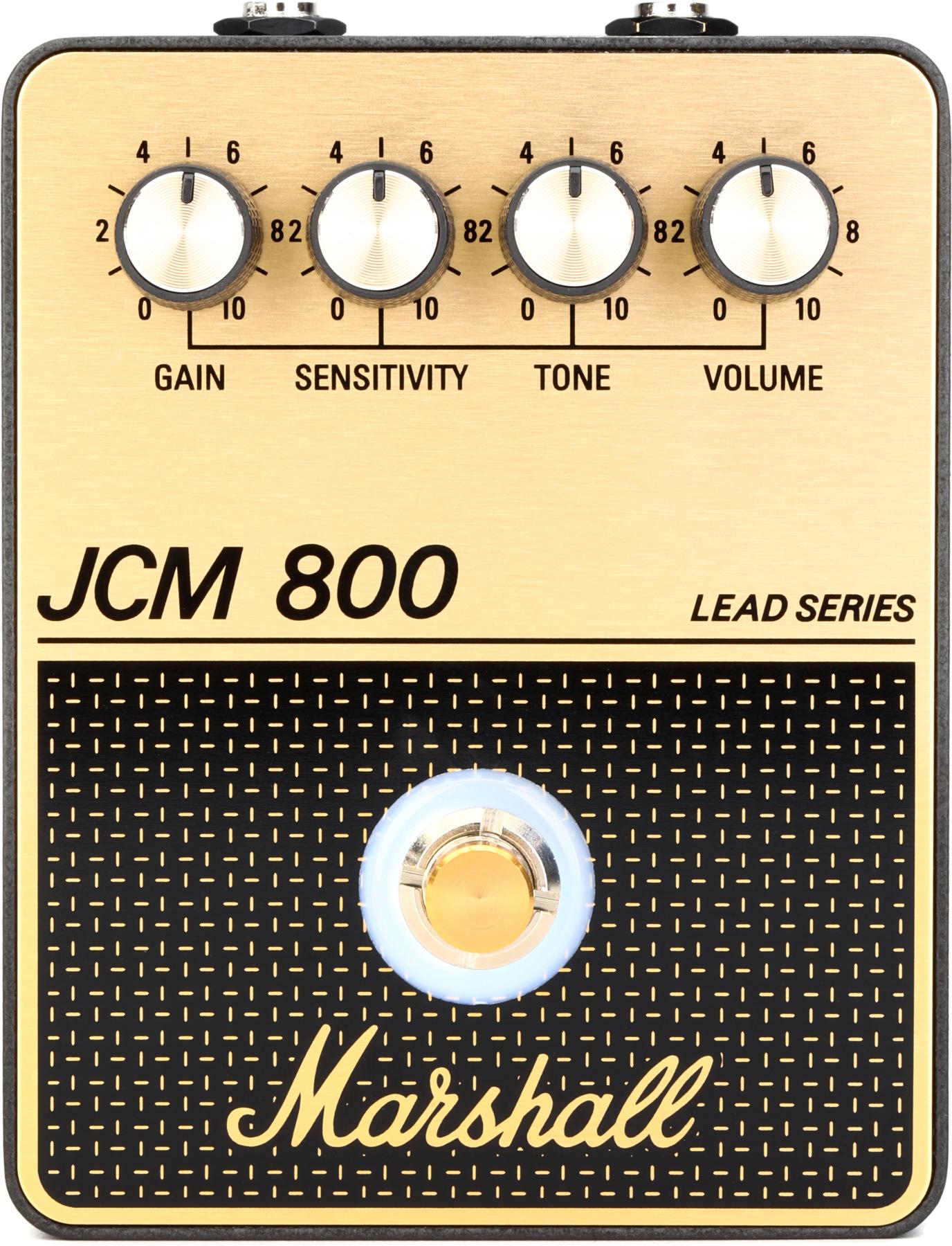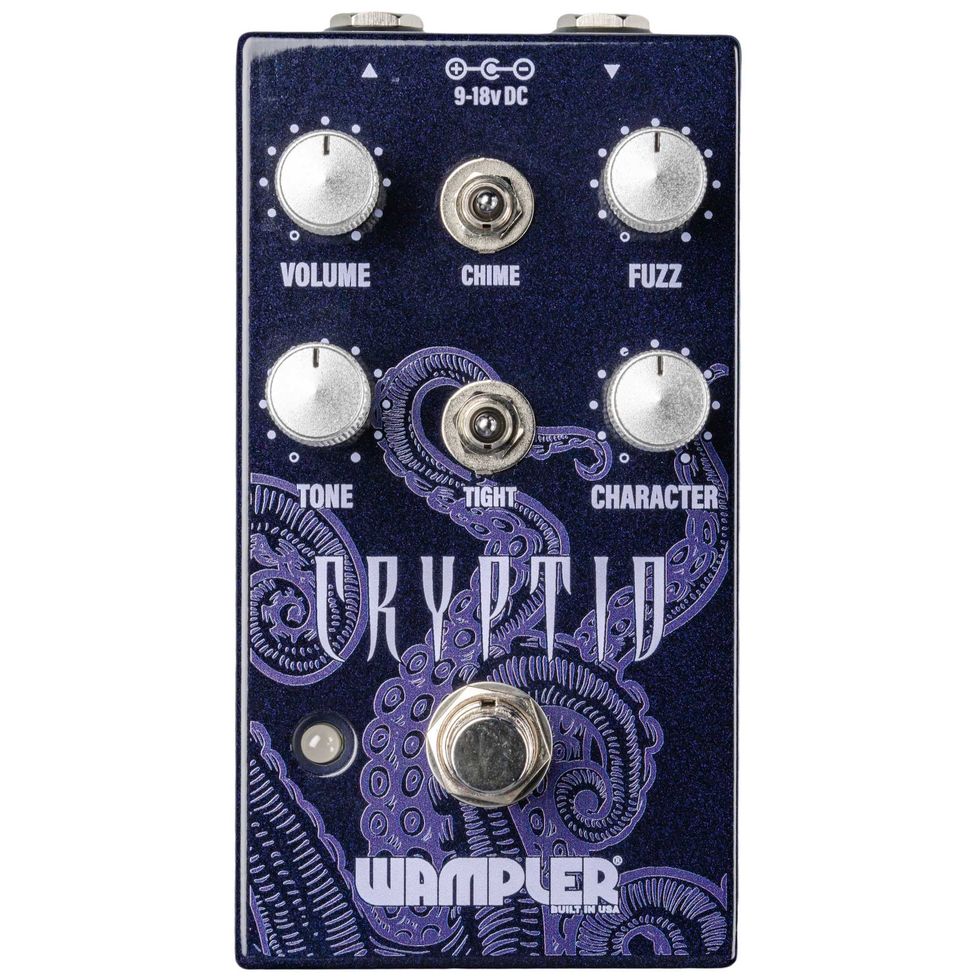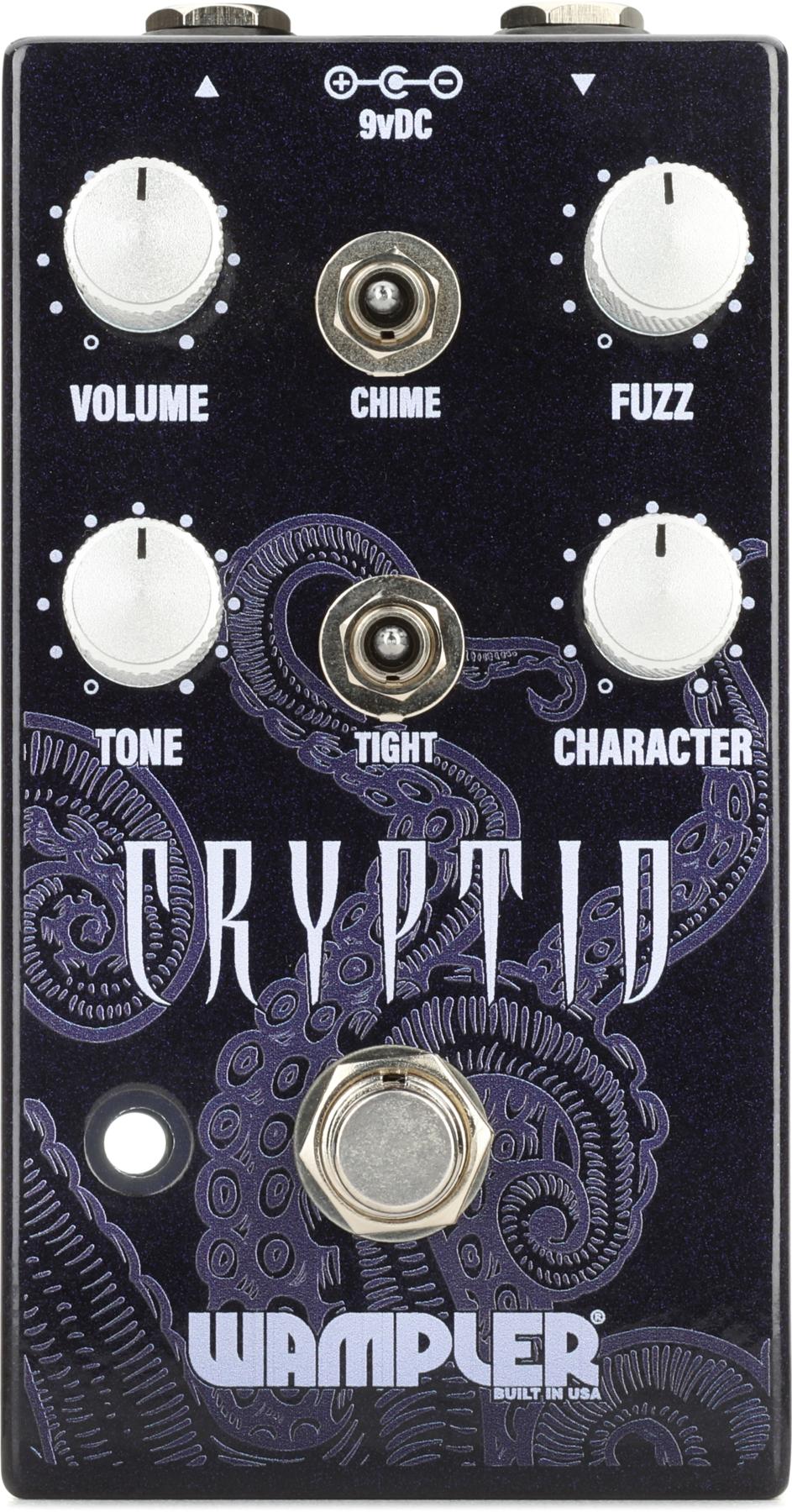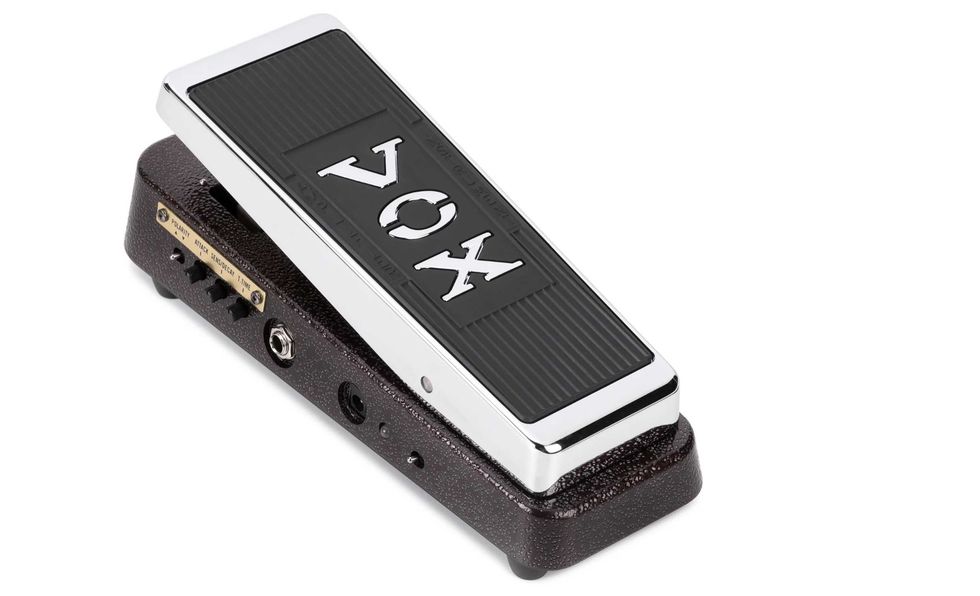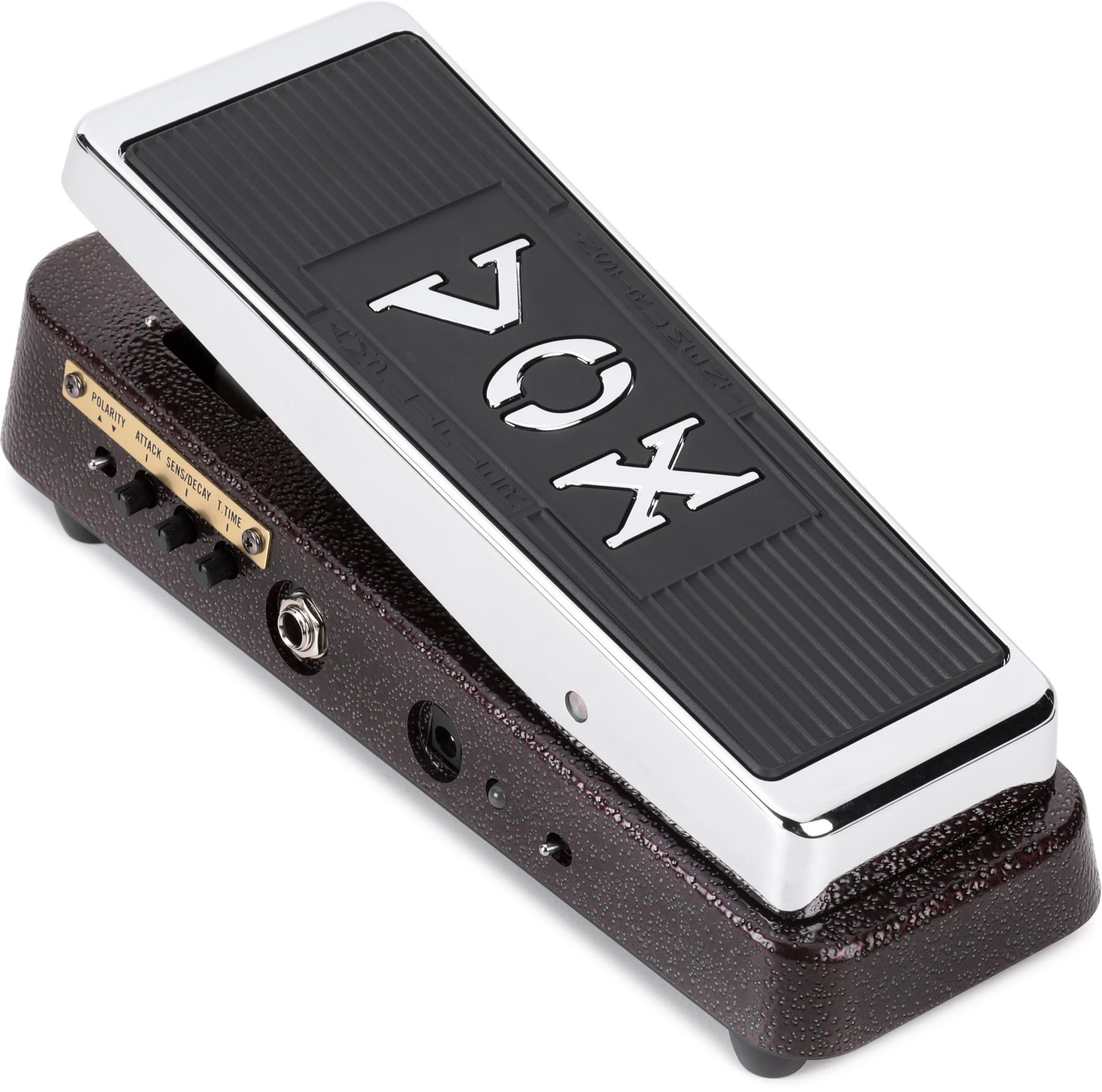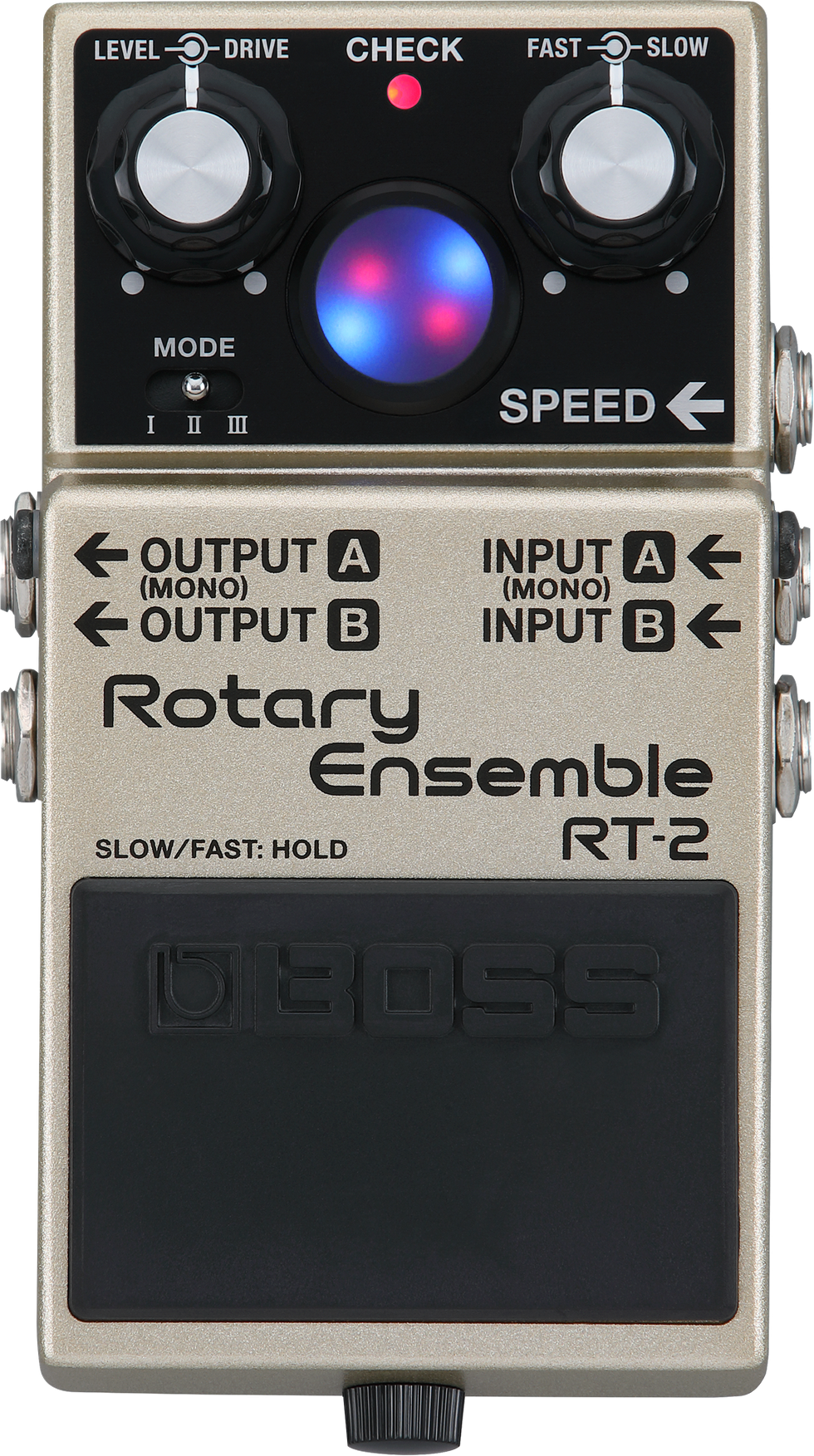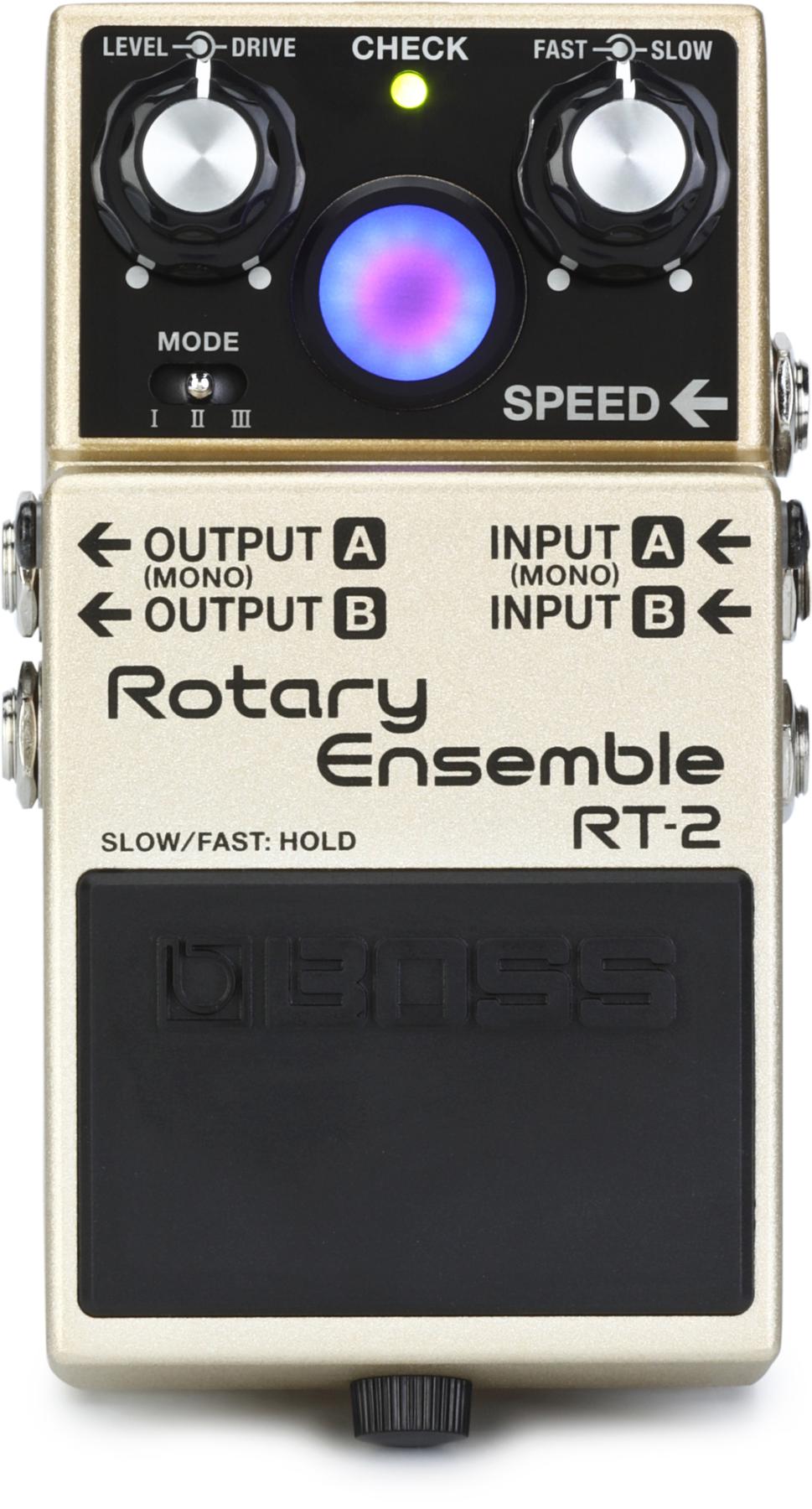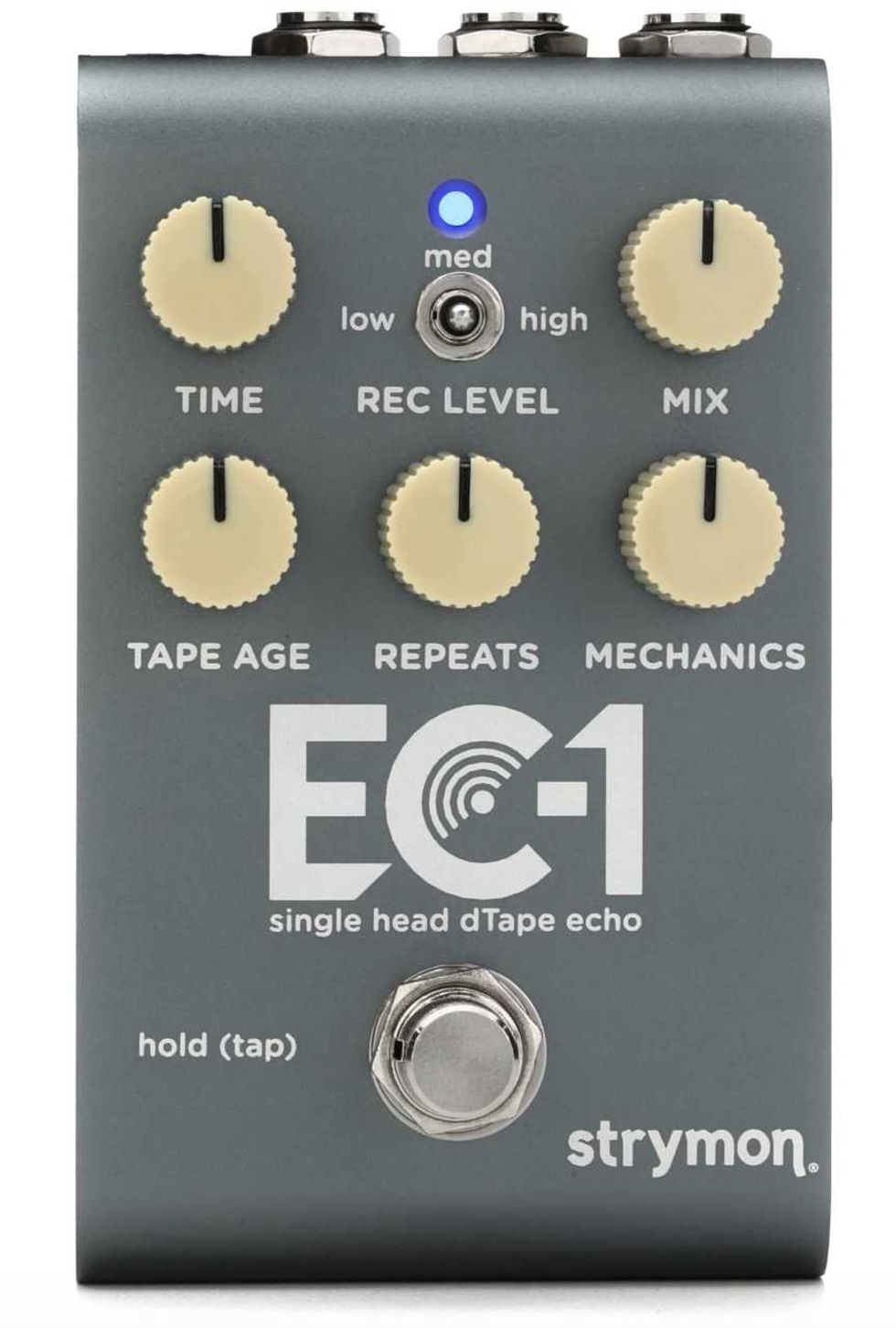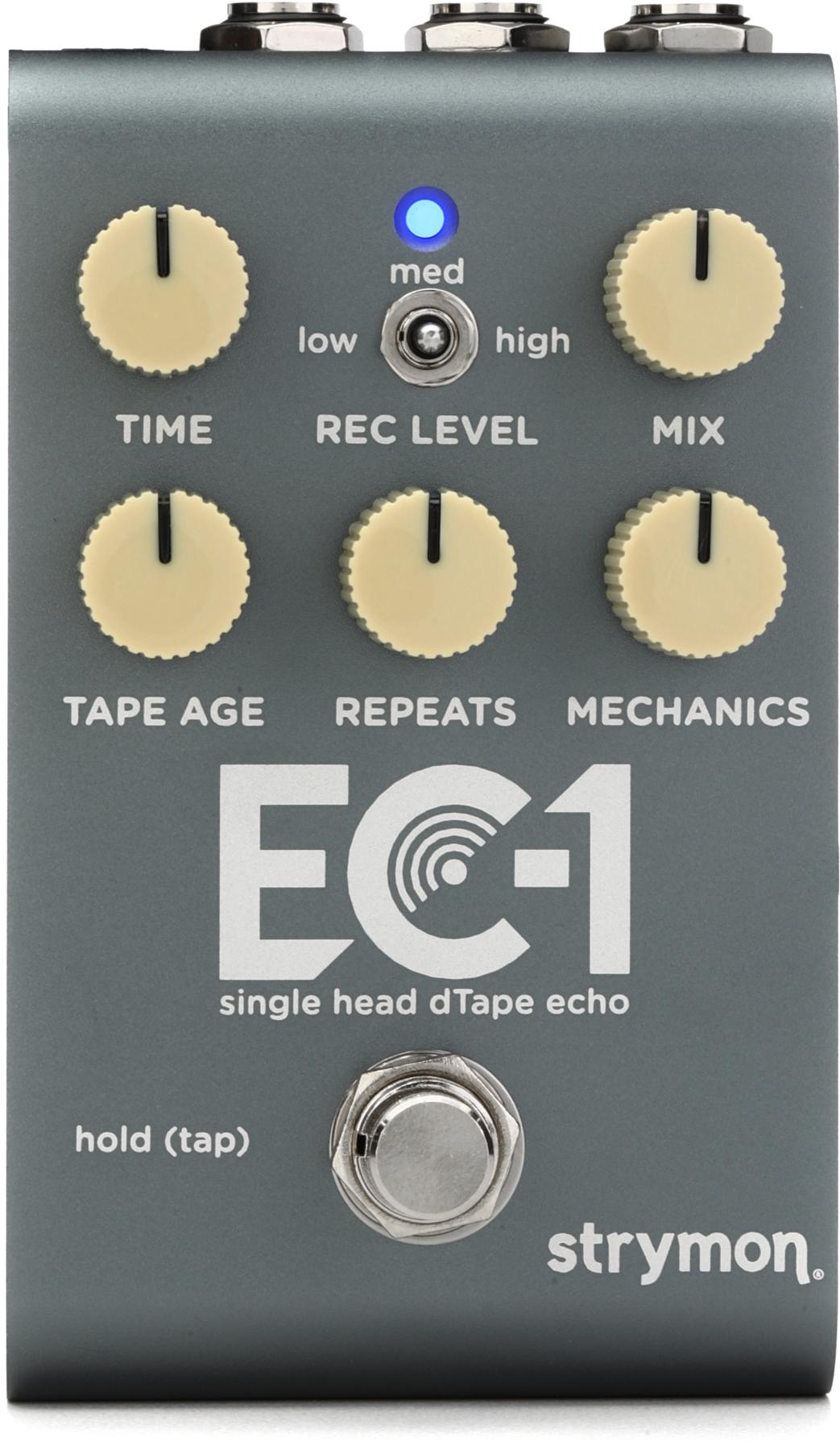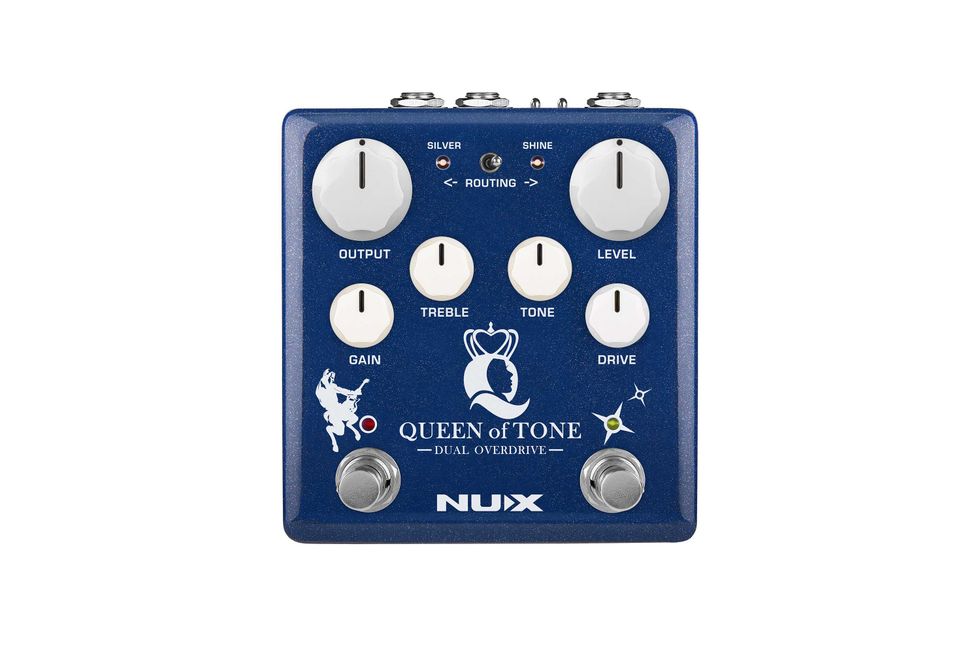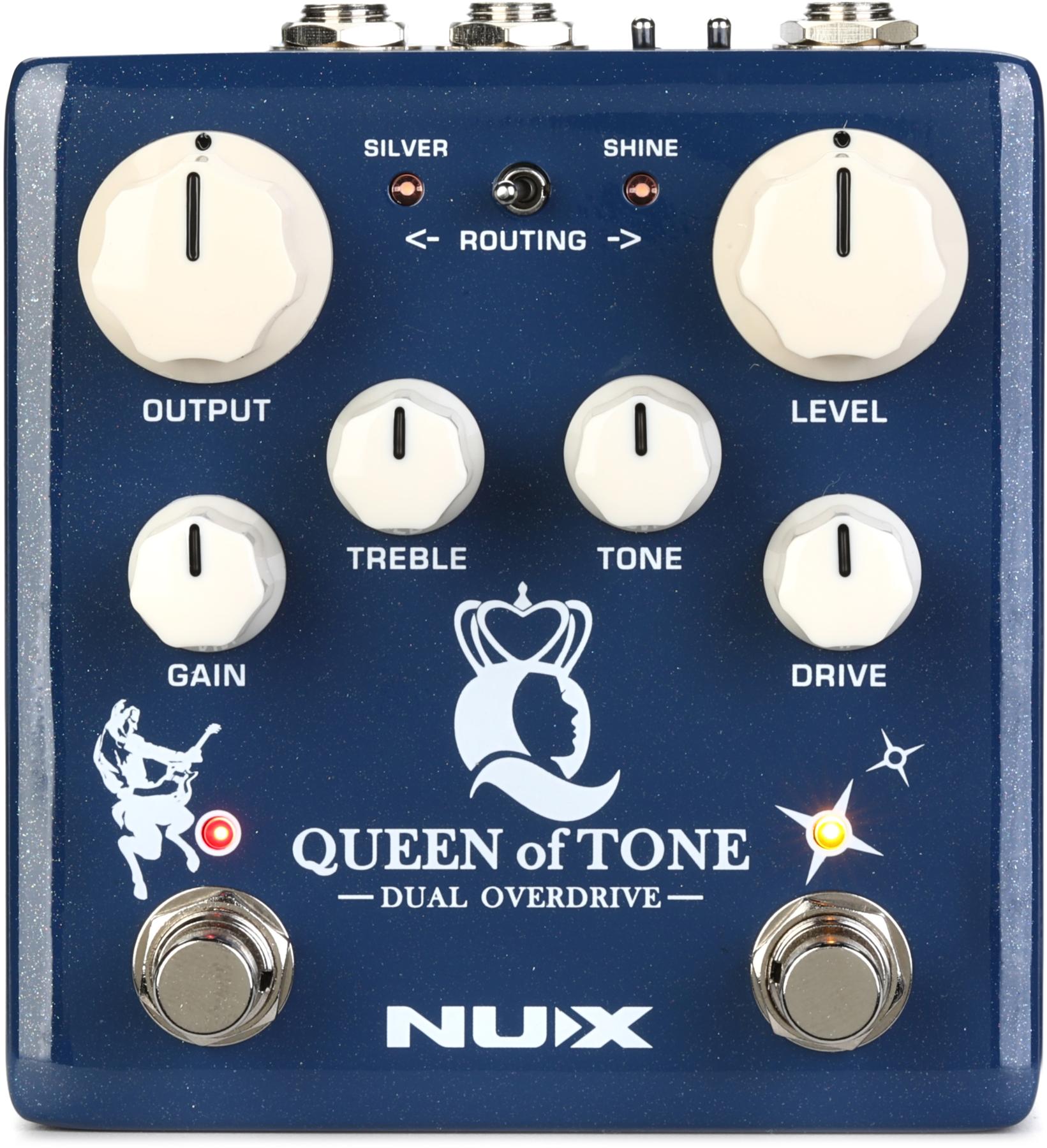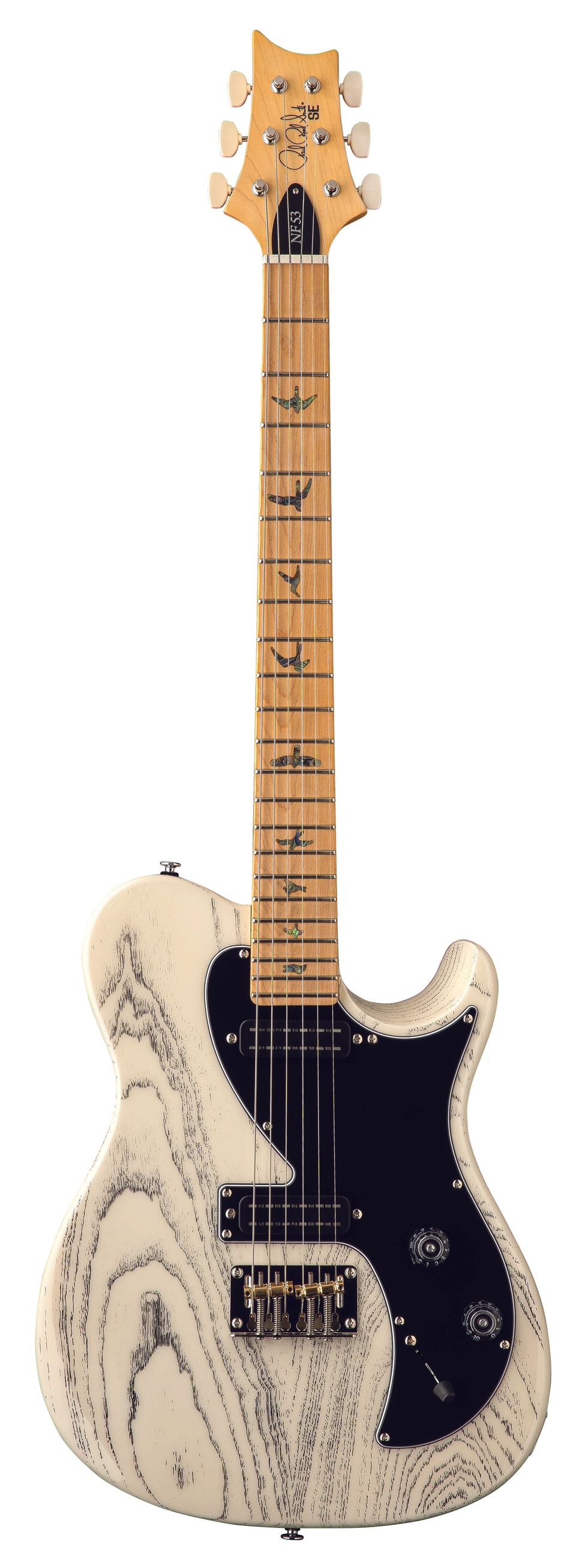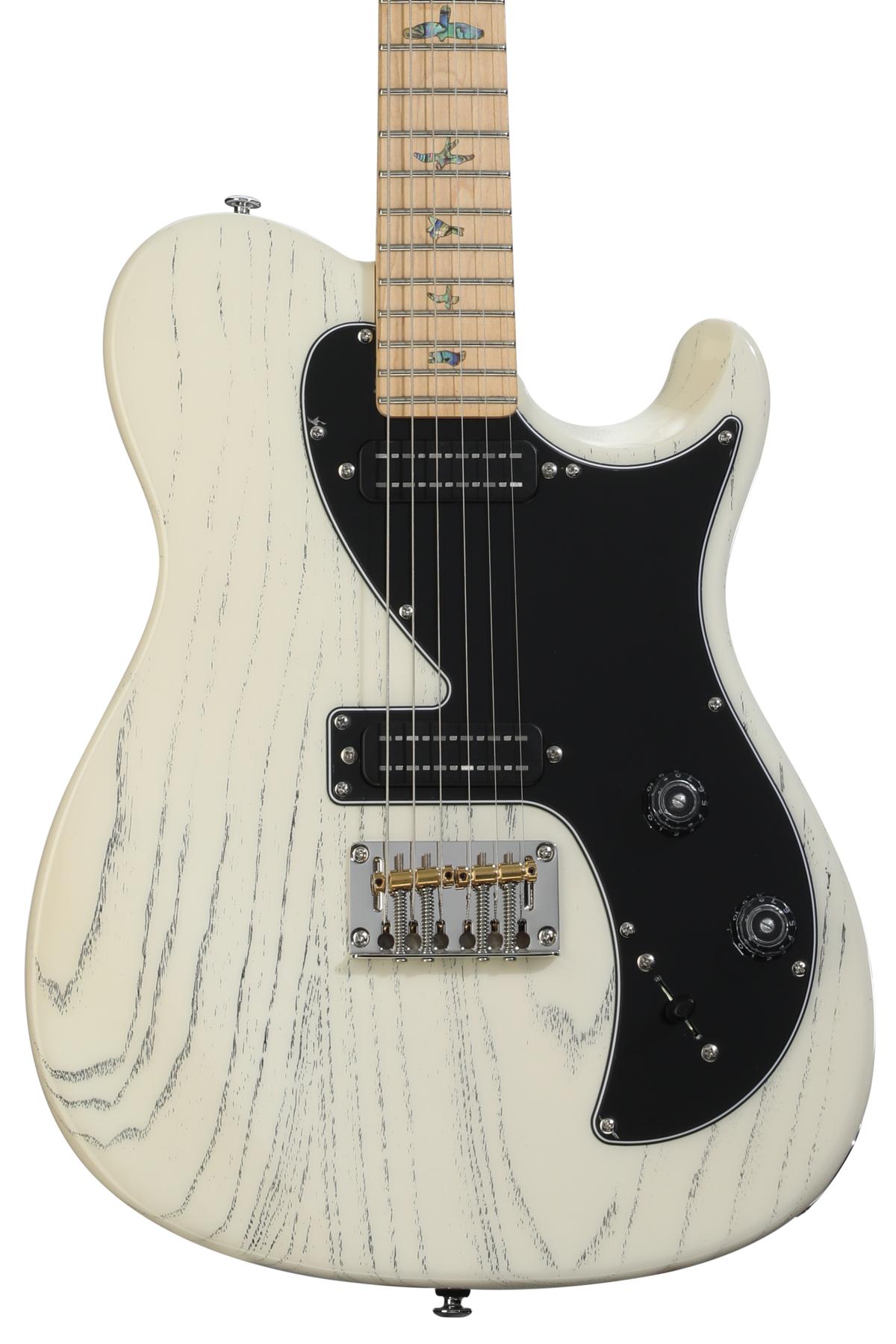David Bromberg
Use Me
Appleseed Recordings





 In the mid ’60s, David Bromberg backed a host of heavyweights—including Bob Dylan, Jerry Garcia, the Eagles, Ringo Starr, Willie Nelson, Link Wray, Jorma Kaukonen, and Jerry Jeff Walker—on guitar, Dobro, and pedal steel. Bromberg’s superb acoustic and electric chops and earthy sound made him one of the East Coast’s most in-demand accompanists and session players. By the late ’60s, Bromberg was running with the best: When he released his 1971 debut solo album, his buddy George Harrison added guitar and even cowrote a song for the project. After releasing a handful of successful albums—and still at the top of his game—Bromberg dropped out of the music business and eventually stopped playing guitar. Then in 2007, he made a surprise comeback with his first album in 17 years, Try Me One More Time, which was nominated for a Grammy.
In the mid ’60s, David Bromberg backed a host of heavyweights—including Bob Dylan, Jerry Garcia, the Eagles, Ringo Starr, Willie Nelson, Link Wray, Jorma Kaukonen, and Jerry Jeff Walker—on guitar, Dobro, and pedal steel. Bromberg’s superb acoustic and electric chops and earthy sound made him one of the East Coast’s most in-demand accompanists and session players. By the late ’60s, Bromberg was running with the best: When he released his 1971 debut solo album, his buddy George Harrison added guitar and even cowrote a song for the project. After releasing a handful of successful albums—and still at the top of his game—Bromberg dropped out of the music business and eventually stopped playing guitar. Then in 2007, he made a surprise comeback with his first album in 17 years, Try Me One More Time, which was nominated for a Grammy.
For his latest release, Use Me, the 66-year-old-string wizard gathered a few friends in studios around the country to help him celebrate his return to guitar and concertizing. And what friends! Levon Helm, Vince Gill, Los Lobos, Jimmy Herring and Widespread Panic, Dr. John, Linda Ronstadt, Keb’ Mo’, Tim O’Brien, and John Hiatt all join Bromberg for a track on the album. (Helm and his band actually join Bromberg for two songs.) Each guest either wrote a song or picked a cover for the project, and also agreed to produce the session.
Whether plucking snappy B.B. King-inspired blues licks with Levon Helm, laying down shiny slide over Jimmy Herring’s toothy riffs, or weaving bell-like flattop lines around Vince Gill’s snappy mandolin, Bromberg plays with a supple groove and fat tone. The result is an outstanding mix of bluegrass, country, R&B, and blues that’s united by Bromberg’s soulful picking, quirky vocals, and emotional connection to the music, regardless of the genre.
Use Me
Appleseed Recordings
 In the mid ’60s, David Bromberg backed a host of heavyweights—including Bob Dylan, Jerry Garcia, the Eagles, Ringo Starr, Willie Nelson, Link Wray, Jorma Kaukonen, and Jerry Jeff Walker—on guitar, Dobro, and pedal steel. Bromberg’s superb acoustic and electric chops and earthy sound made him one of the East Coast’s most in-demand accompanists and session players. By the late ’60s, Bromberg was running with the best: When he released his 1971 debut solo album, his buddy George Harrison added guitar and even cowrote a song for the project. After releasing a handful of successful albums—and still at the top of his game—Bromberg dropped out of the music business and eventually stopped playing guitar. Then in 2007, he made a surprise comeback with his first album in 17 years, Try Me One More Time, which was nominated for a Grammy.
In the mid ’60s, David Bromberg backed a host of heavyweights—including Bob Dylan, Jerry Garcia, the Eagles, Ringo Starr, Willie Nelson, Link Wray, Jorma Kaukonen, and Jerry Jeff Walker—on guitar, Dobro, and pedal steel. Bromberg’s superb acoustic and electric chops and earthy sound made him one of the East Coast’s most in-demand accompanists and session players. By the late ’60s, Bromberg was running with the best: When he released his 1971 debut solo album, his buddy George Harrison added guitar and even cowrote a song for the project. After releasing a handful of successful albums—and still at the top of his game—Bromberg dropped out of the music business and eventually stopped playing guitar. Then in 2007, he made a surprise comeback with his first album in 17 years, Try Me One More Time, which was nominated for a Grammy.For his latest release, Use Me, the 66-year-old-string wizard gathered a few friends in studios around the country to help him celebrate his return to guitar and concertizing. And what friends! Levon Helm, Vince Gill, Los Lobos, Jimmy Herring and Widespread Panic, Dr. John, Linda Ronstadt, Keb’ Mo’, Tim O’Brien, and John Hiatt all join Bromberg for a track on the album. (Helm and his band actually join Bromberg for two songs.) Each guest either wrote a song or picked a cover for the project, and also agreed to produce the session.
Whether plucking snappy B.B. King-inspired blues licks with Levon Helm, laying down shiny slide over Jimmy Herring’s toothy riffs, or weaving bell-like flattop lines around Vince Gill’s snappy mandolin, Bromberg plays with a supple groove and fat tone. The result is an outstanding mix of bluegrass, country, R&B, and blues that’s united by Bromberg’s soulful picking, quirky vocals, and emotional connection to the music, regardless of the genre.

